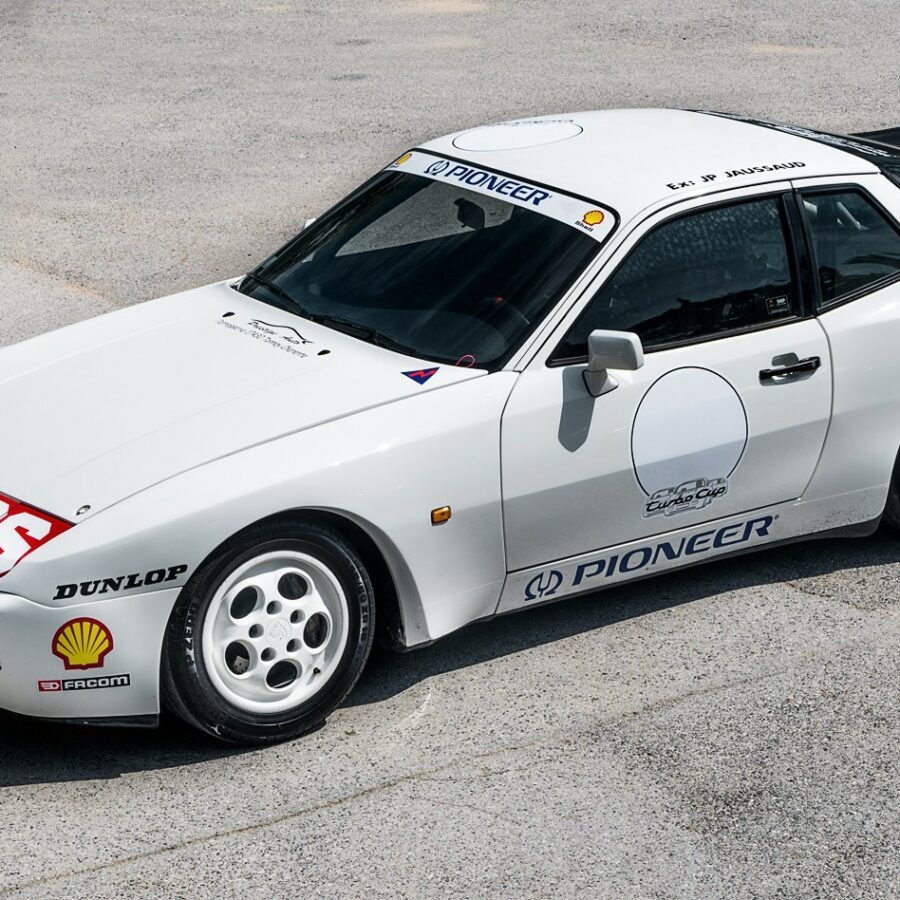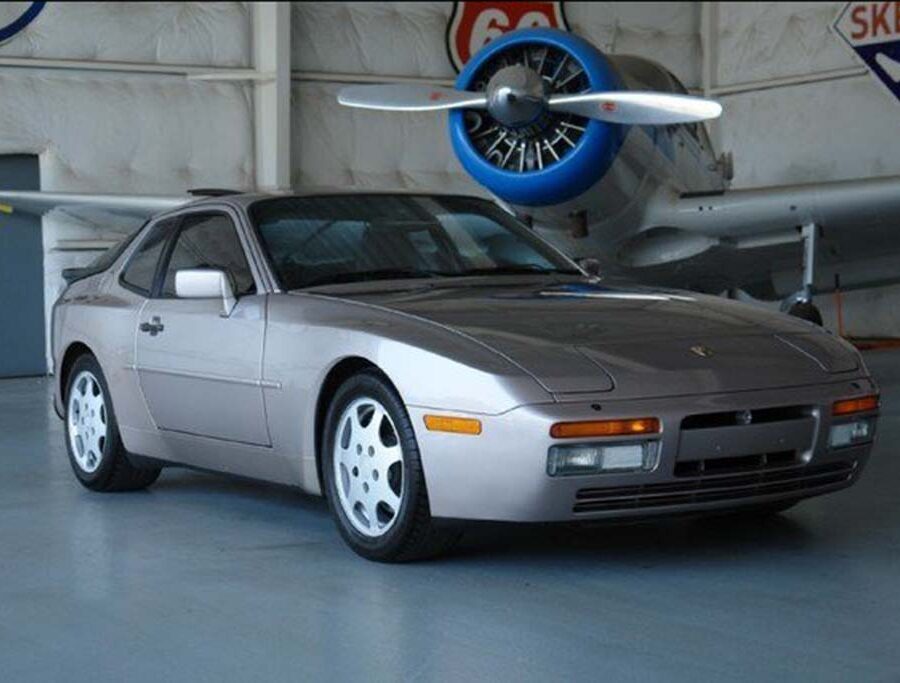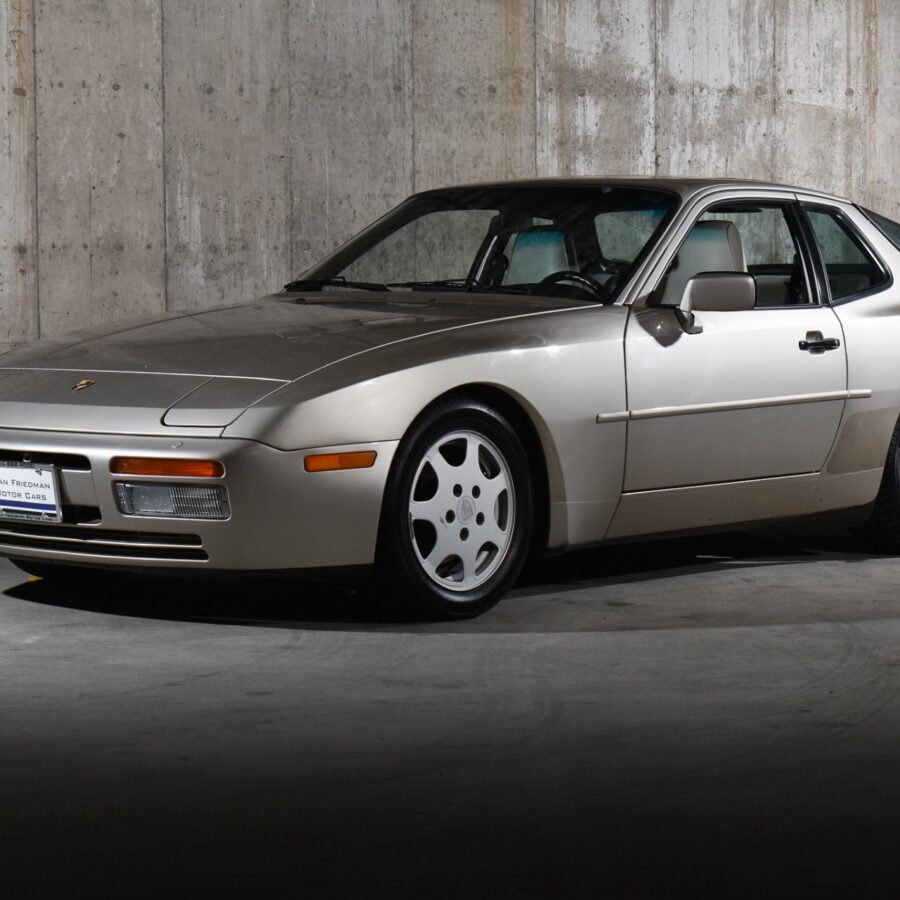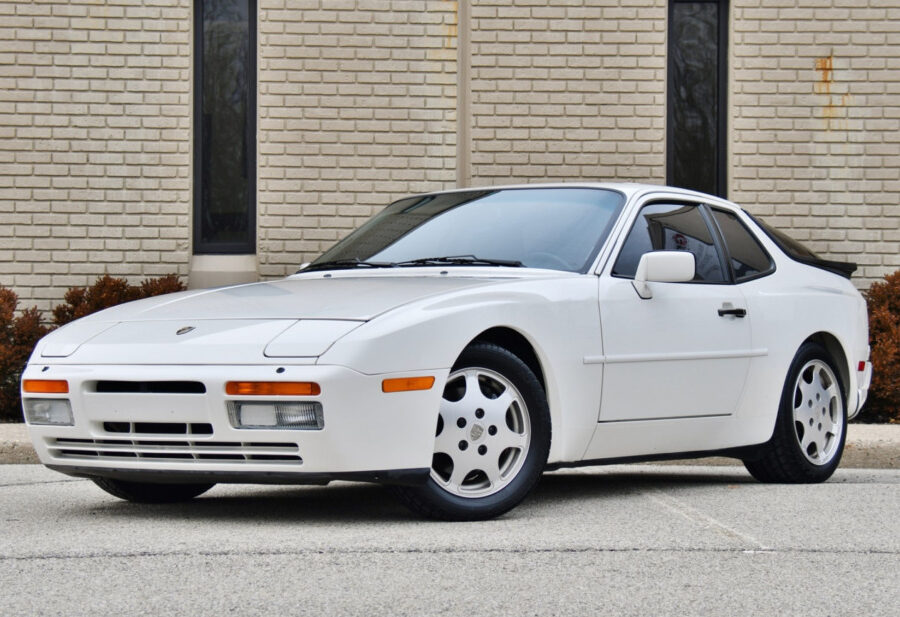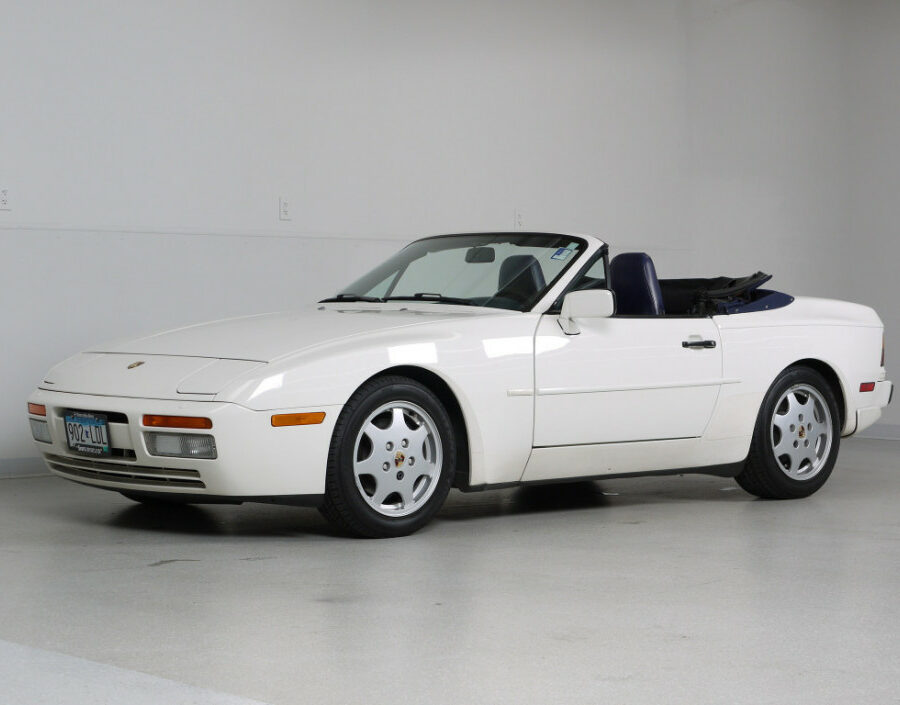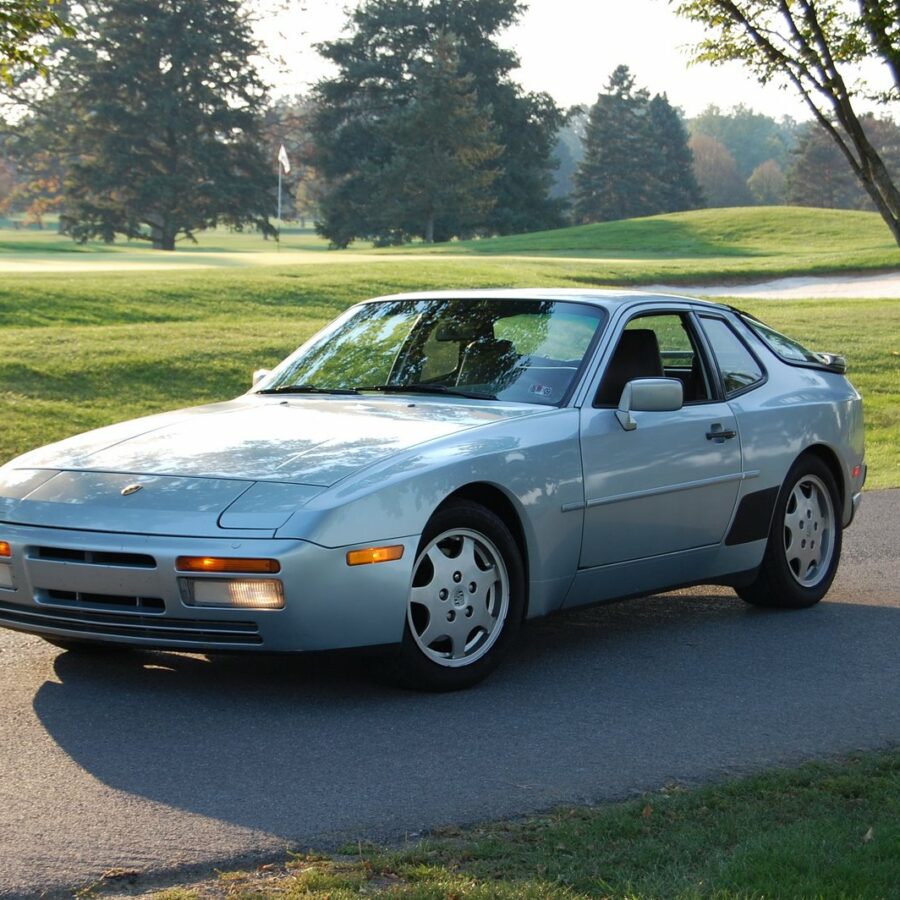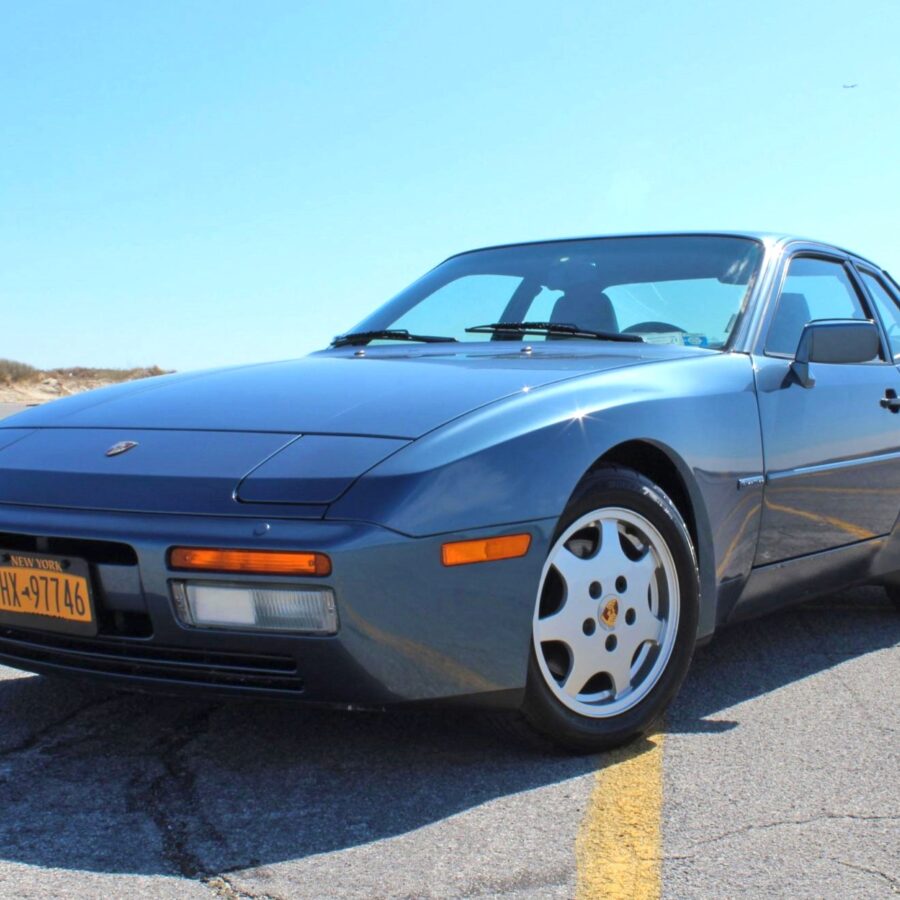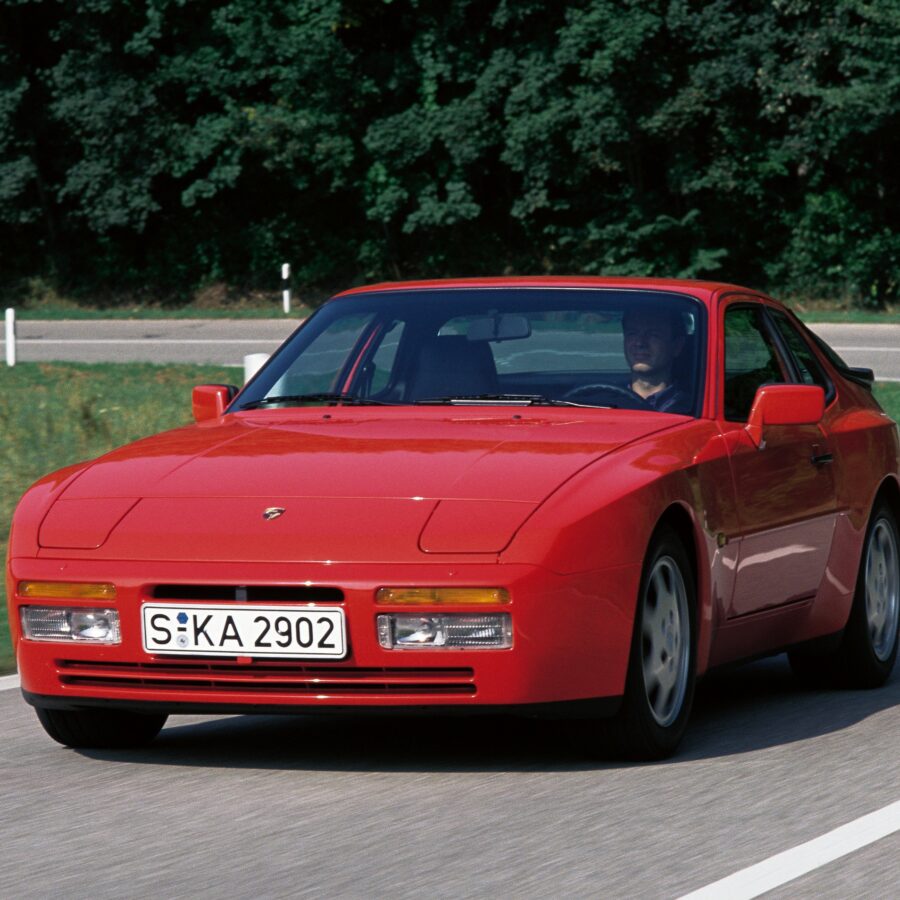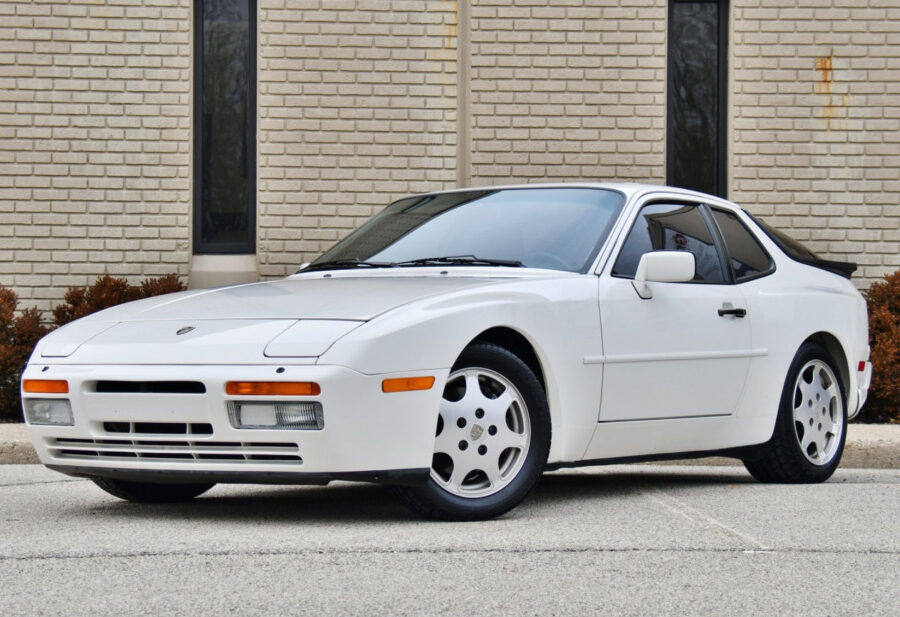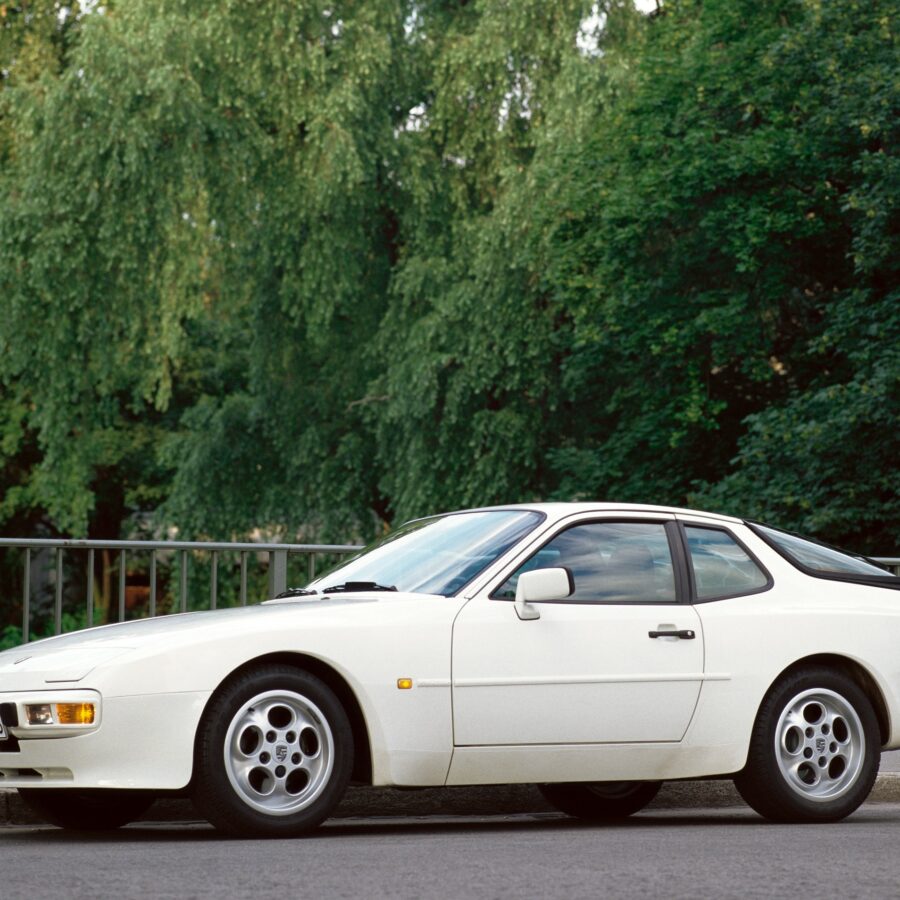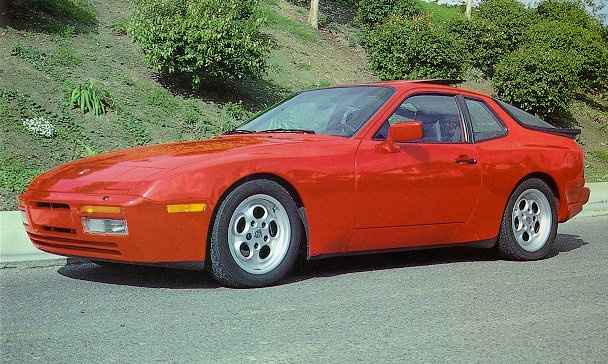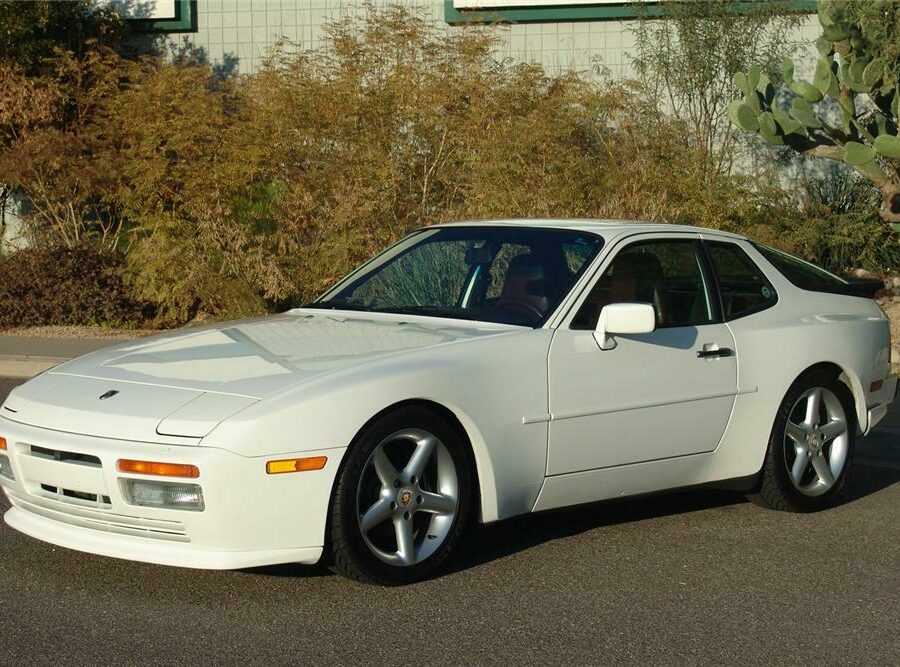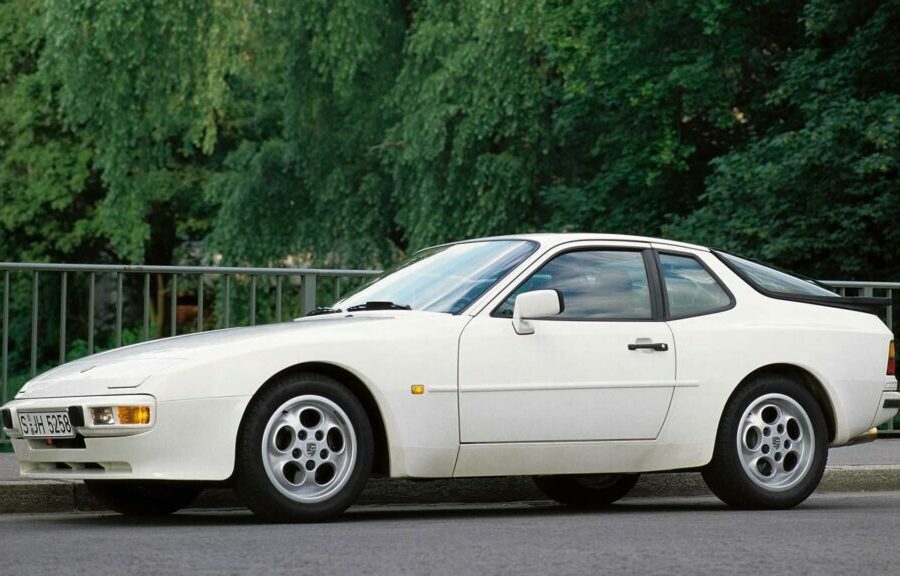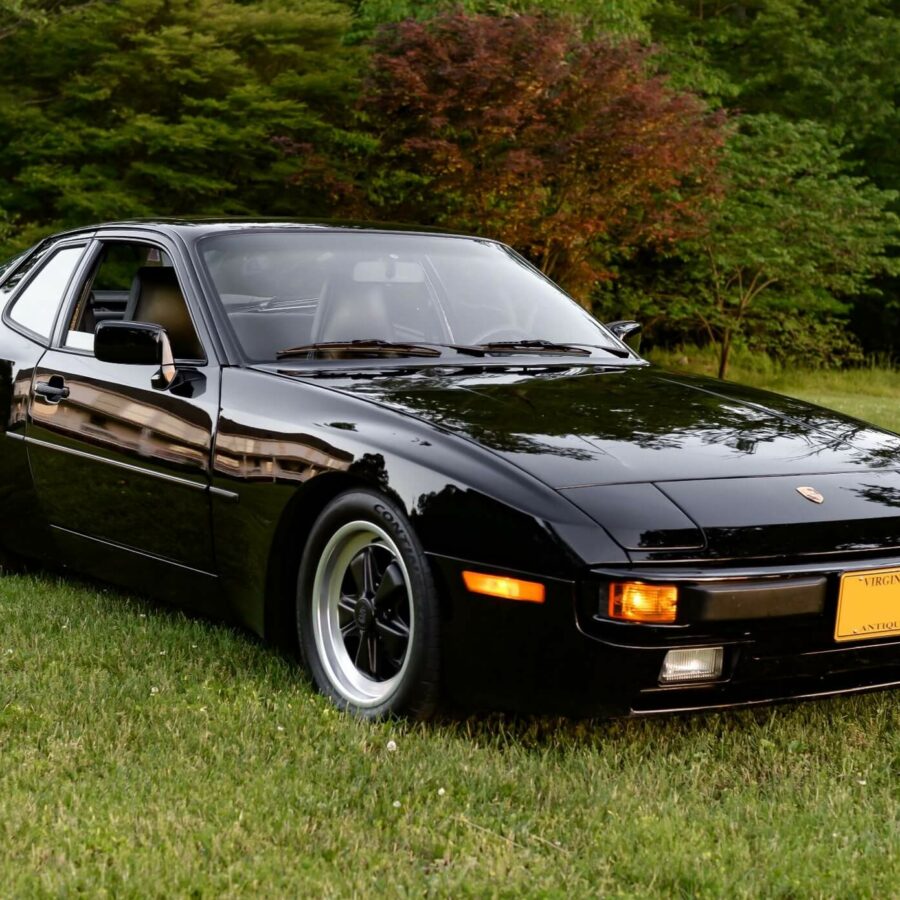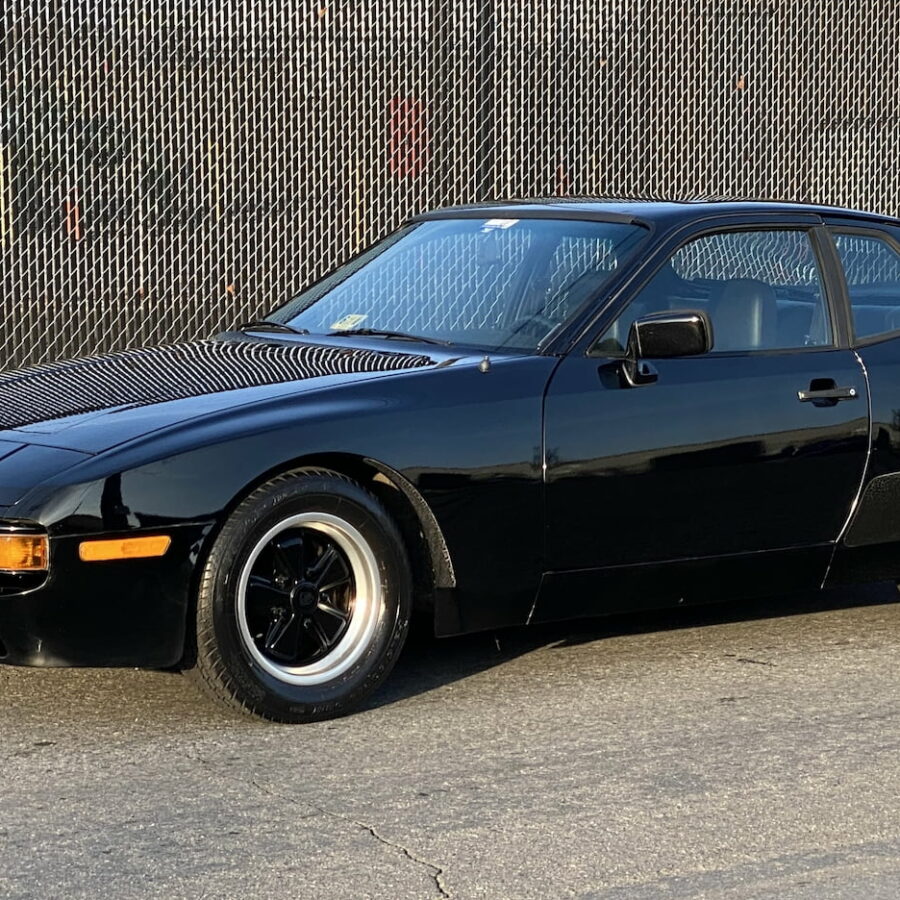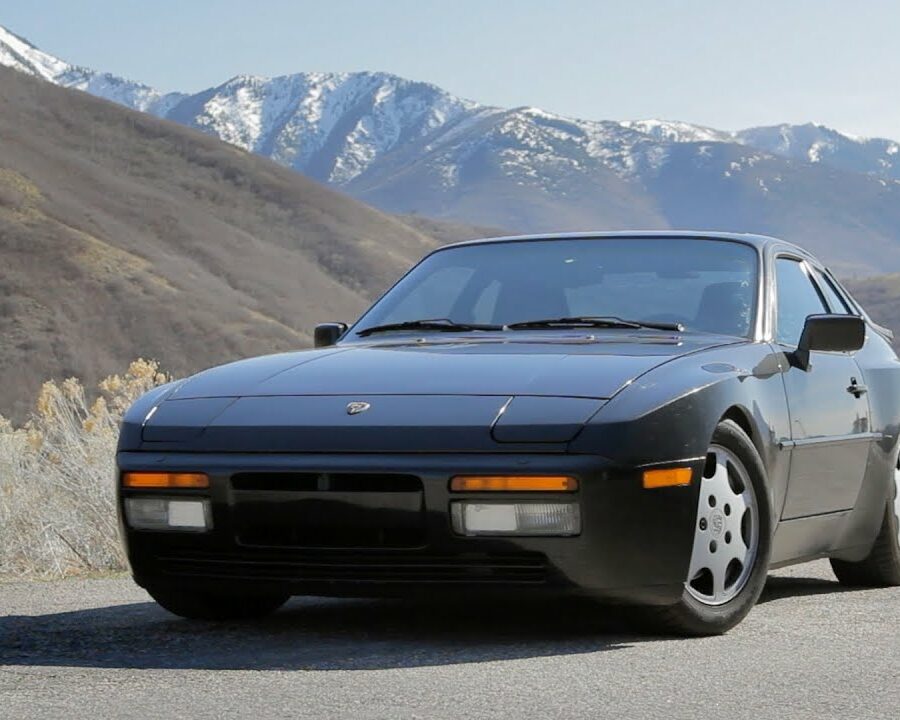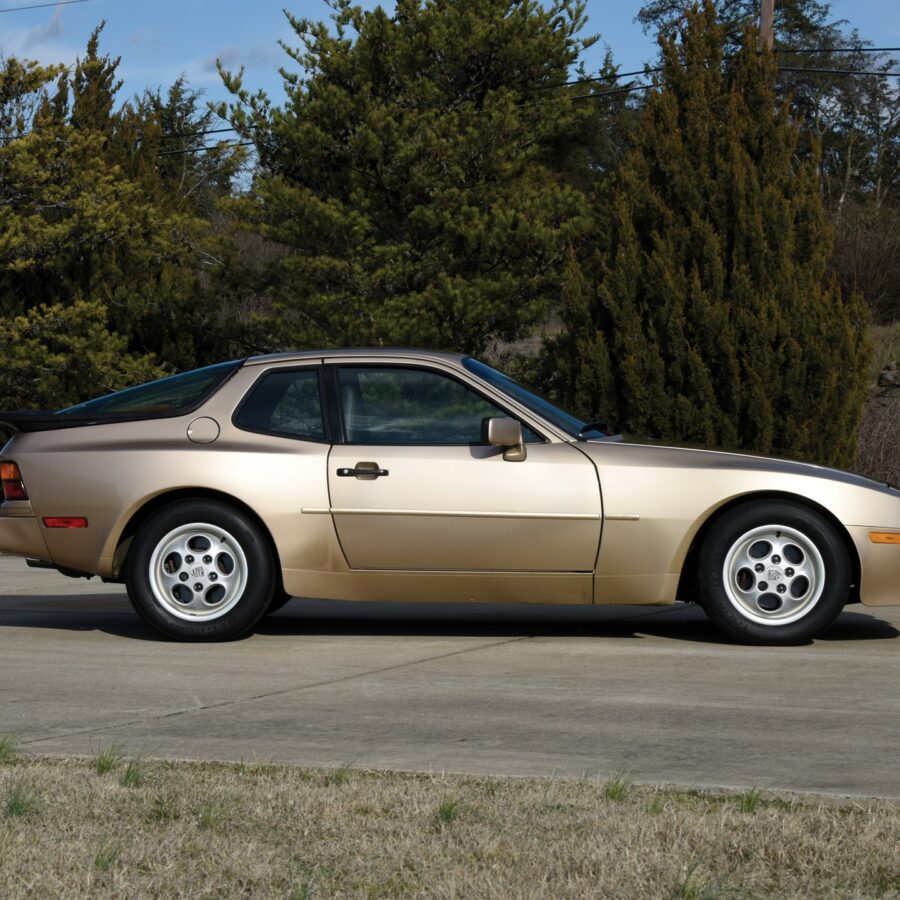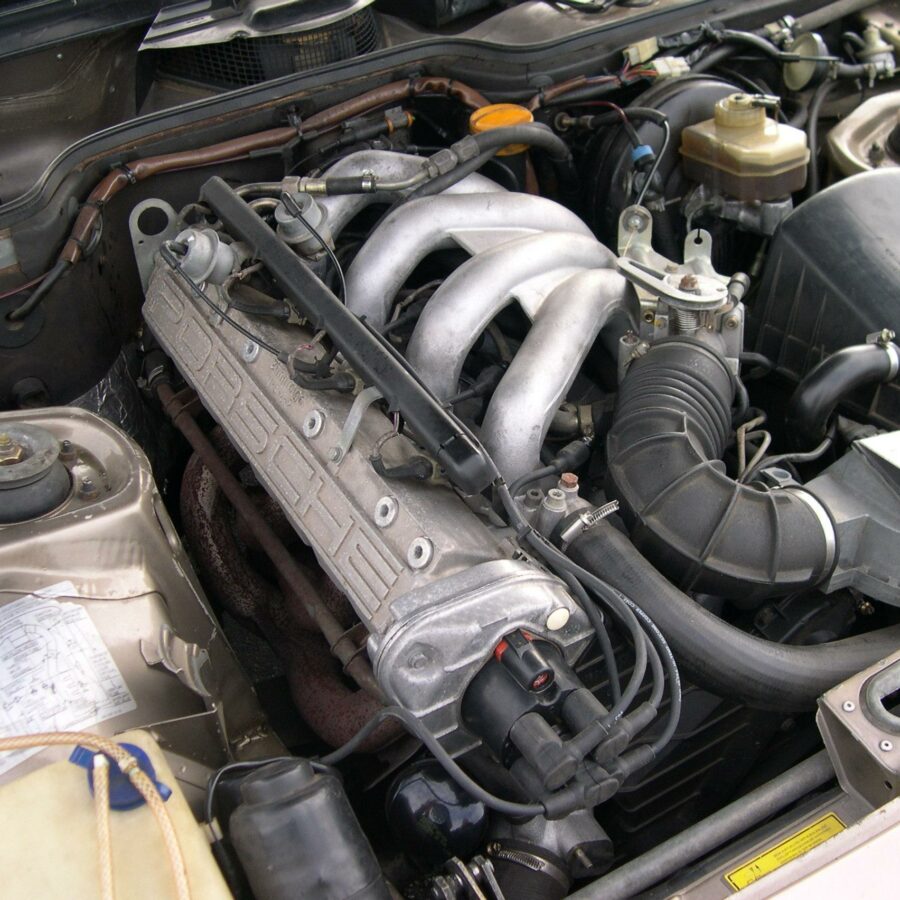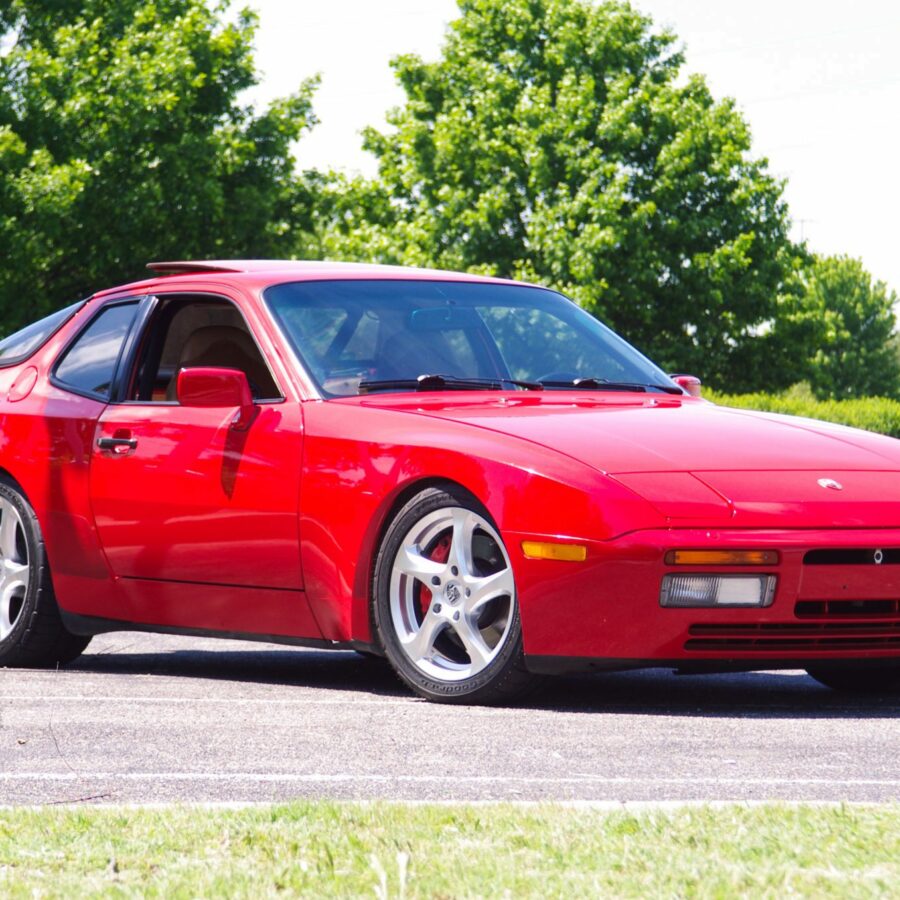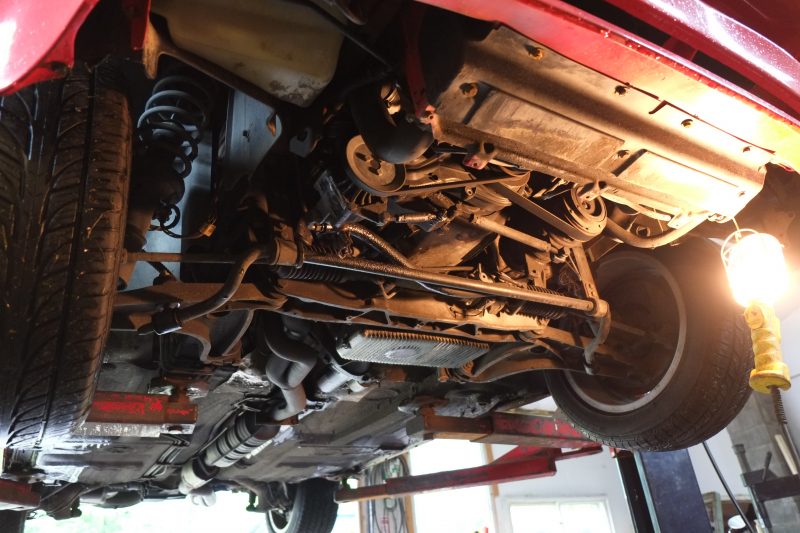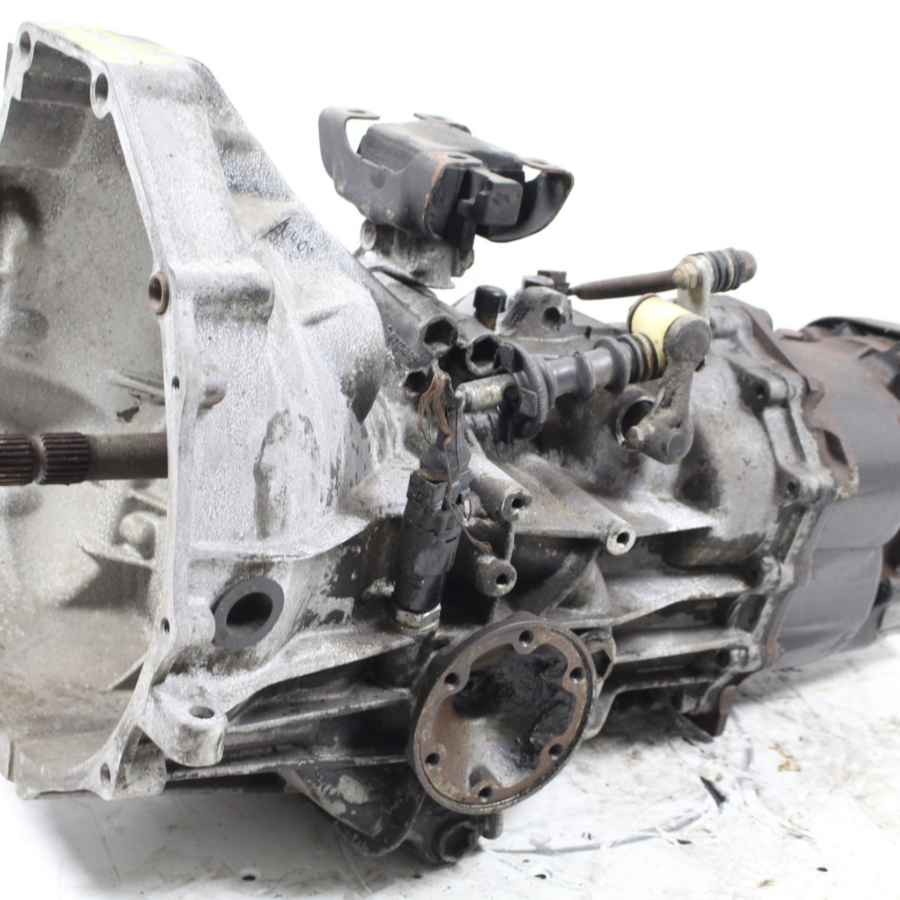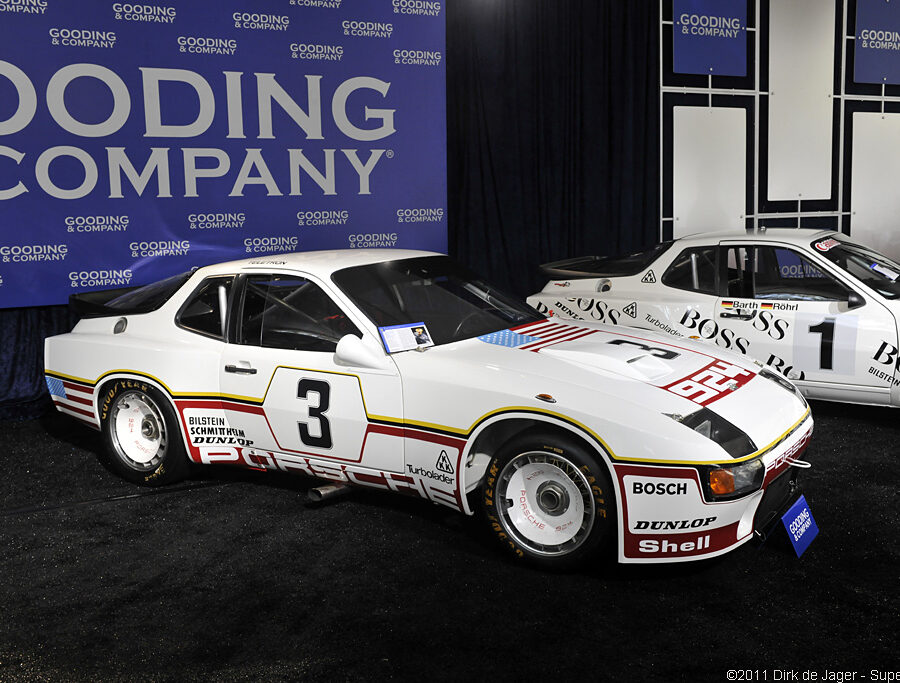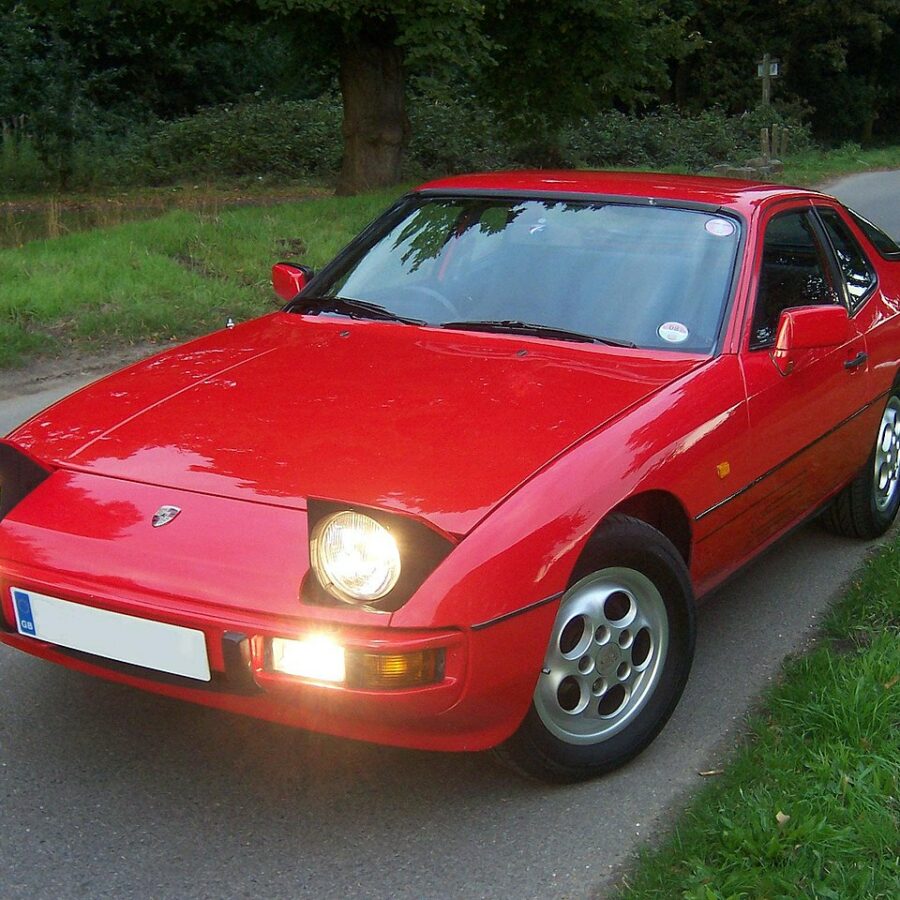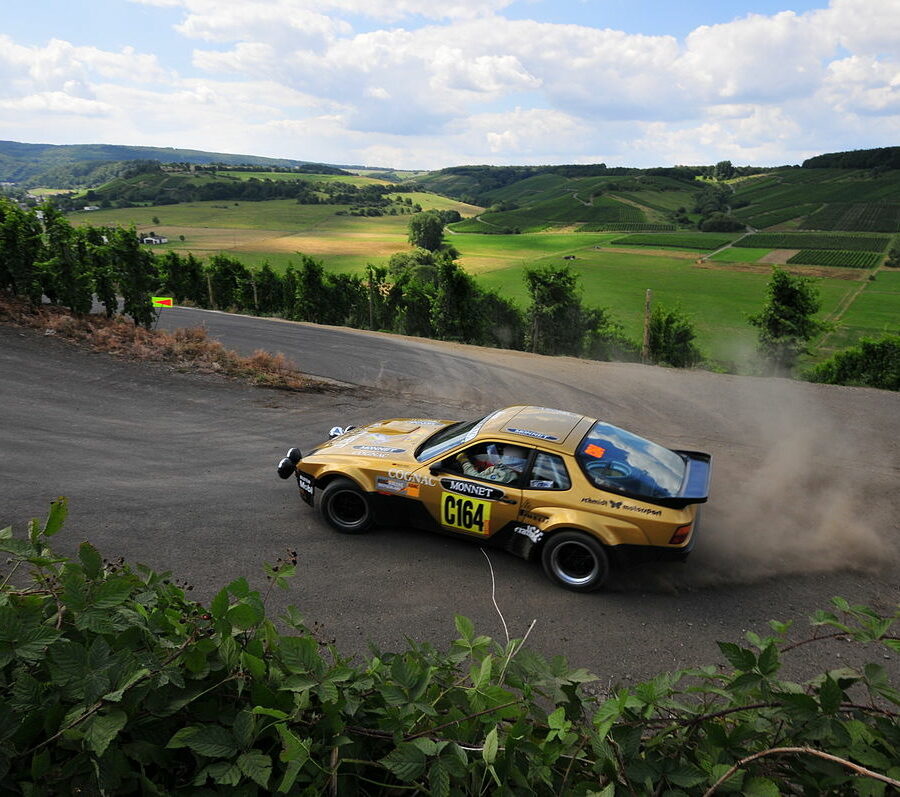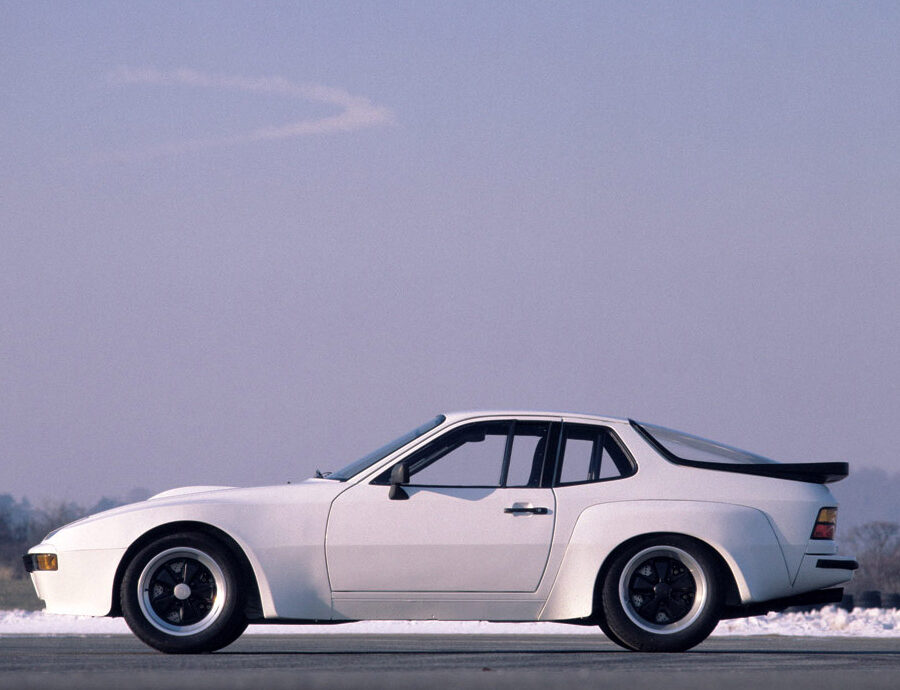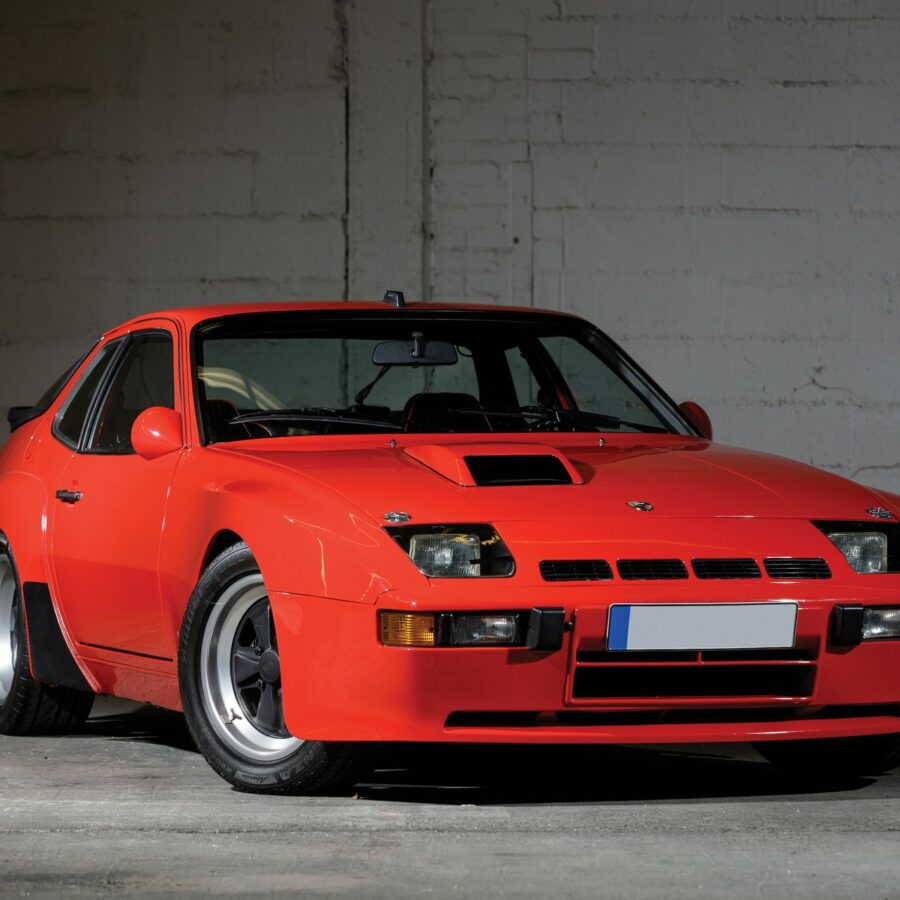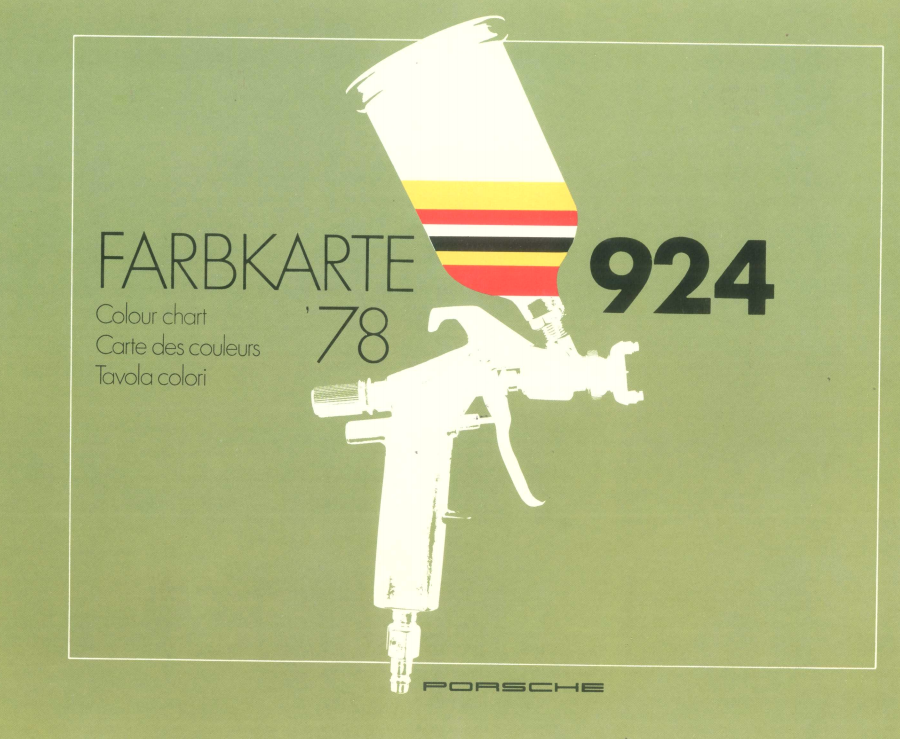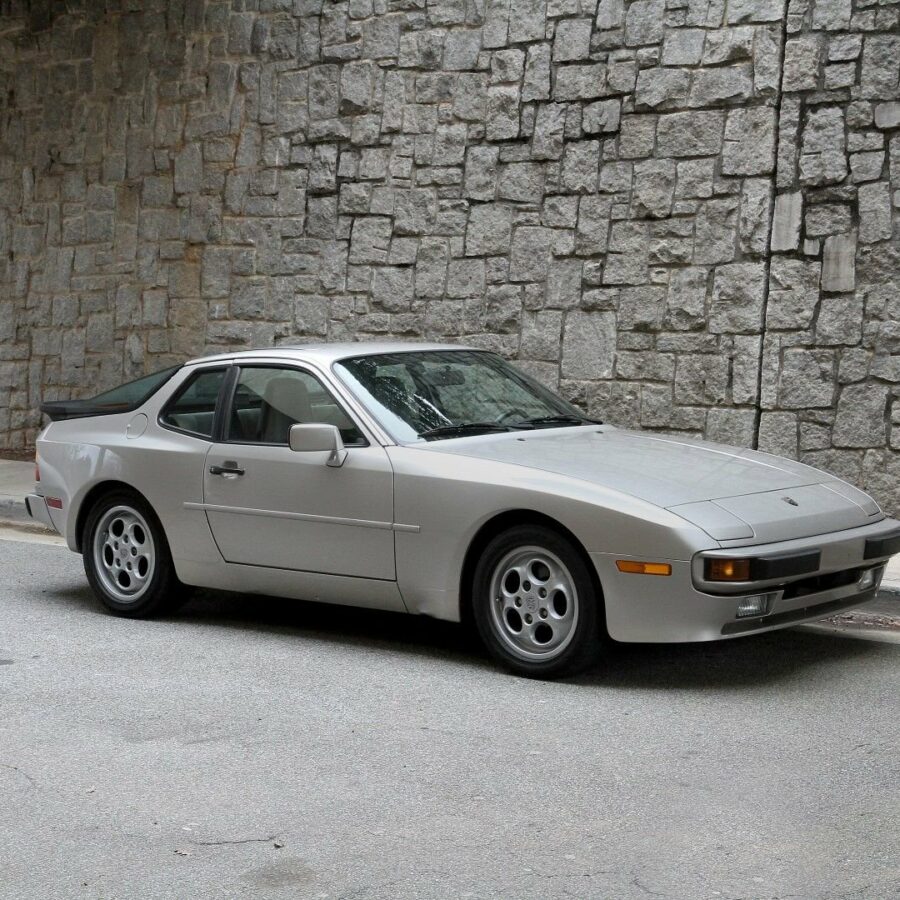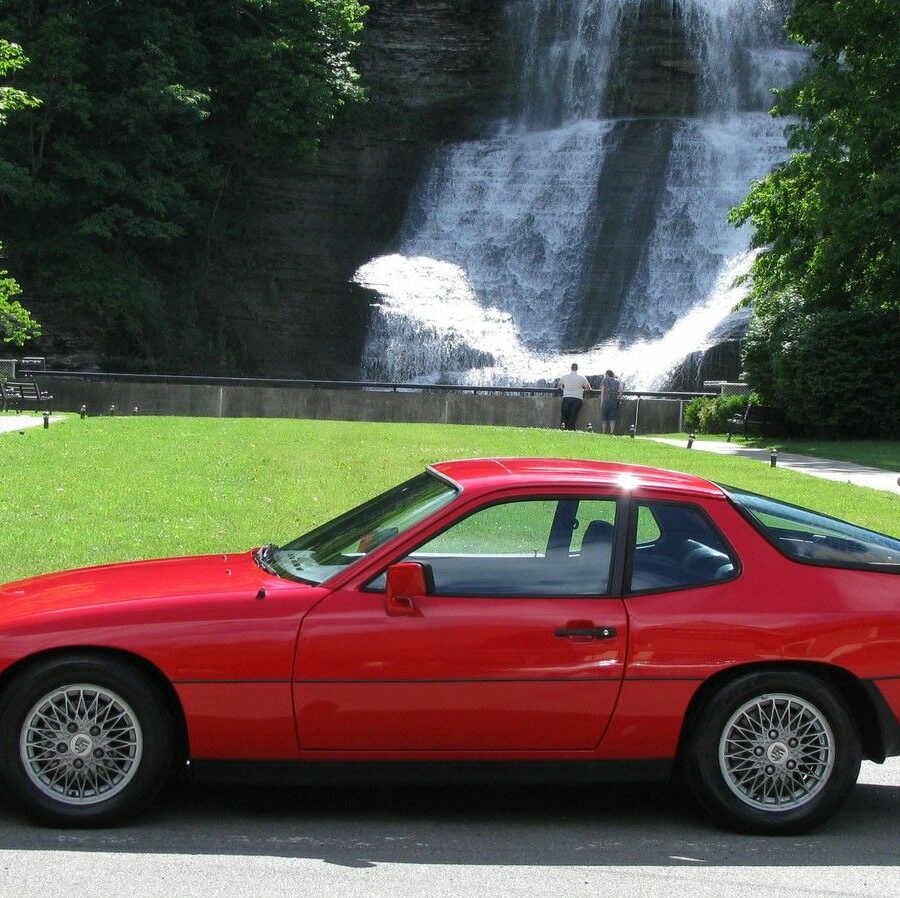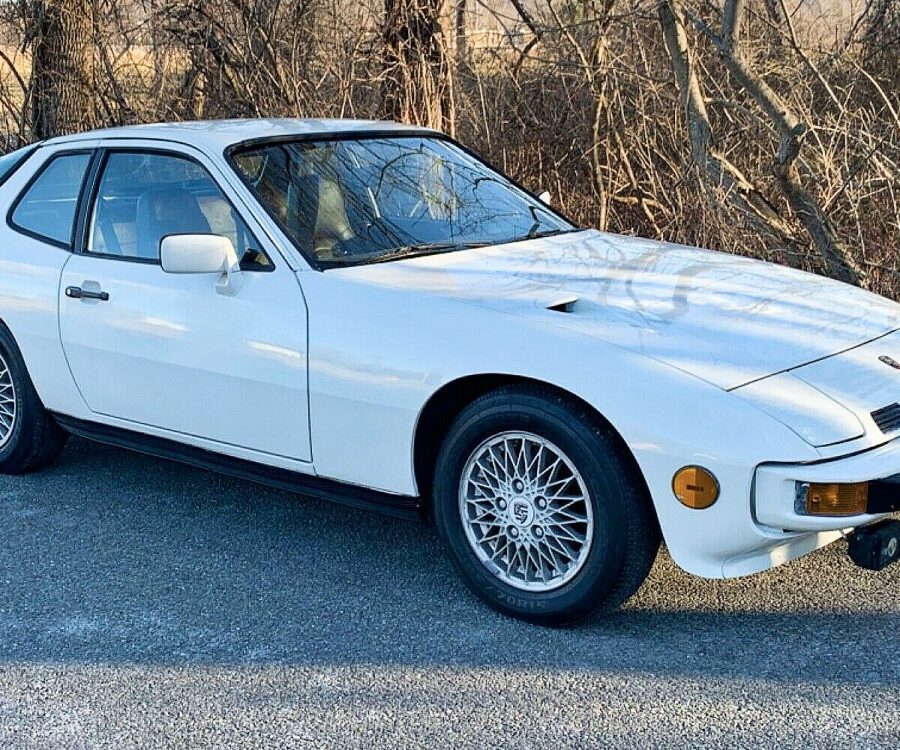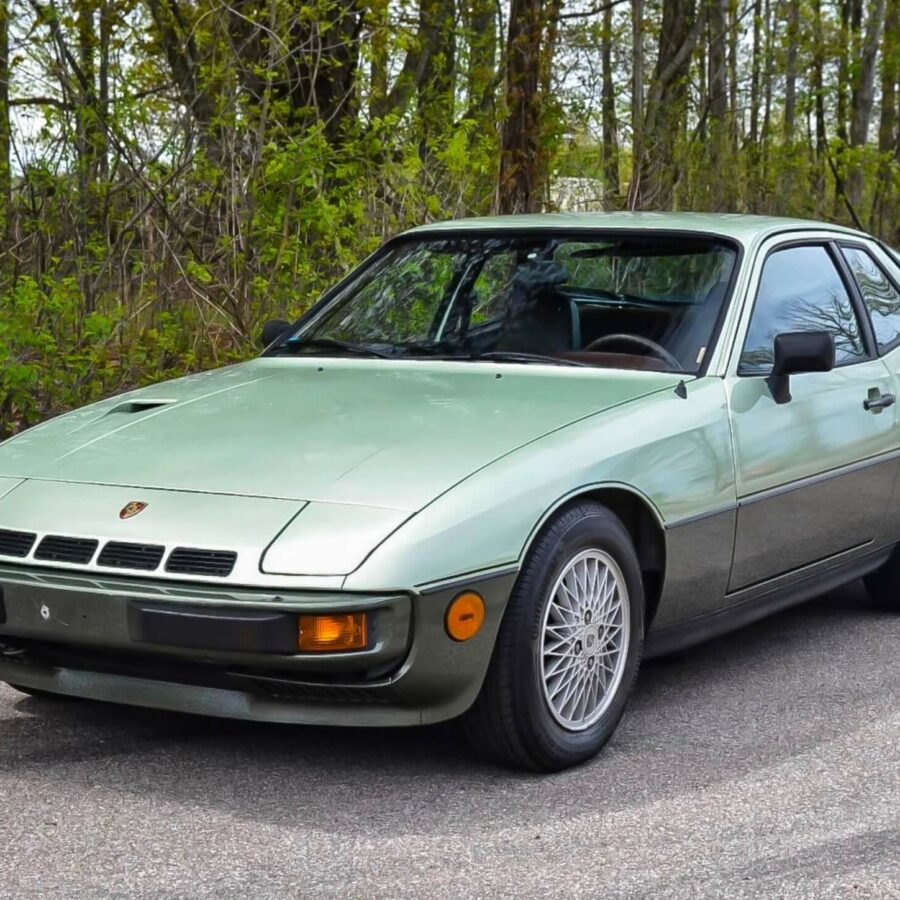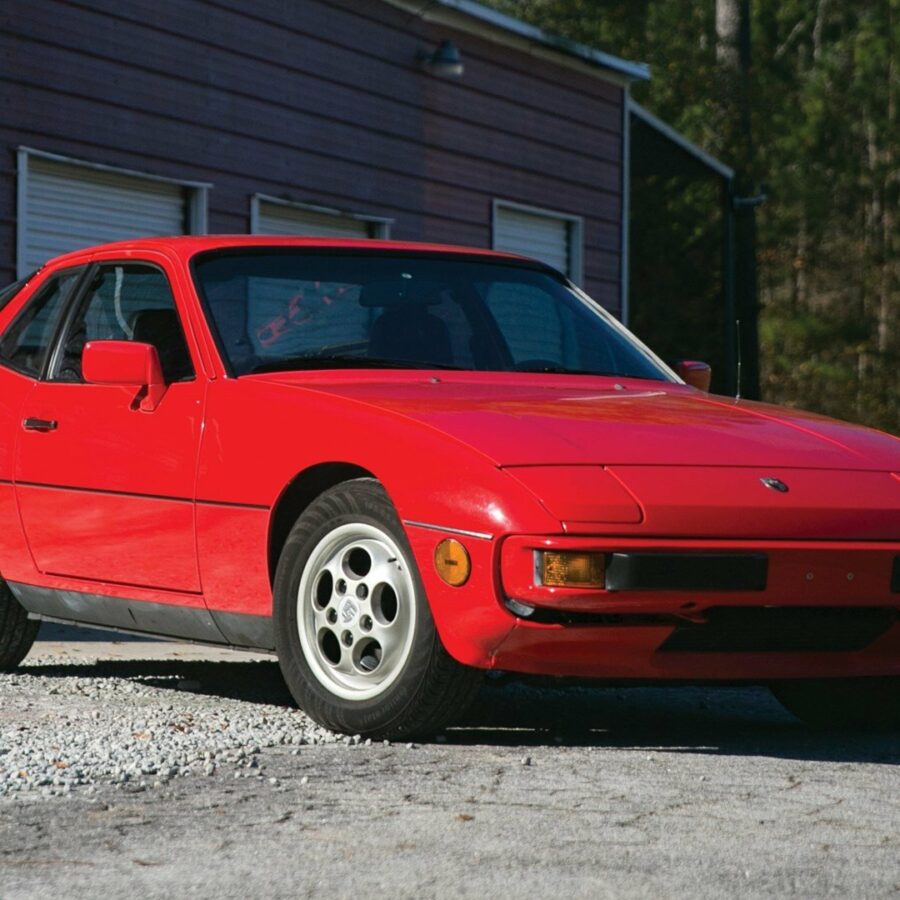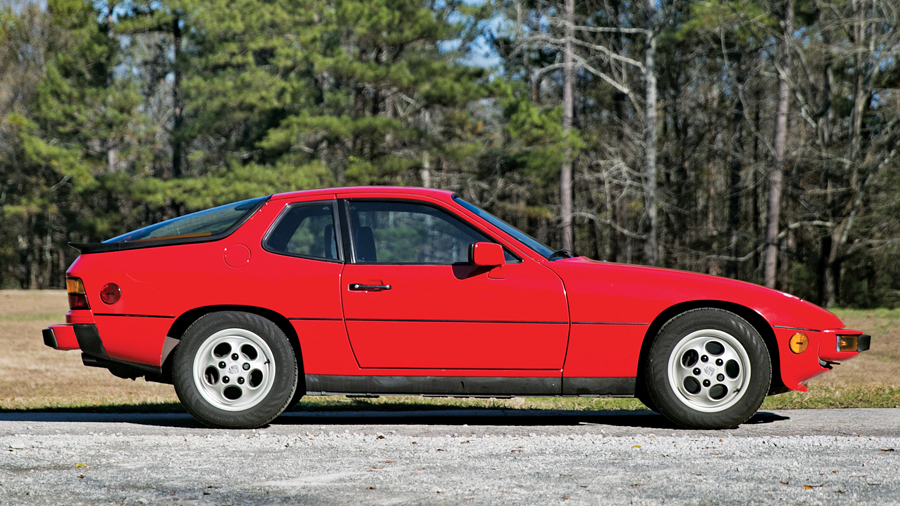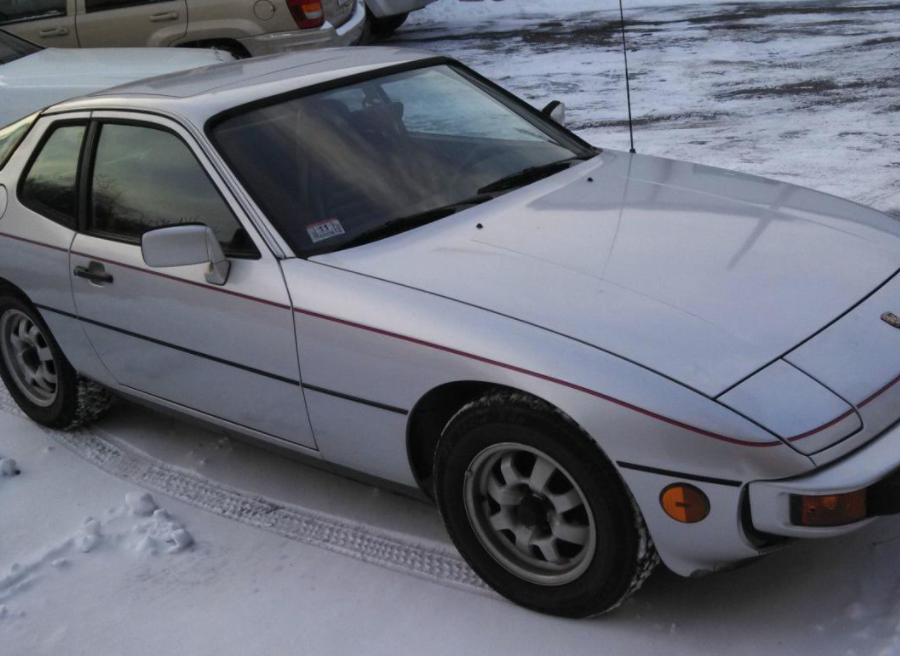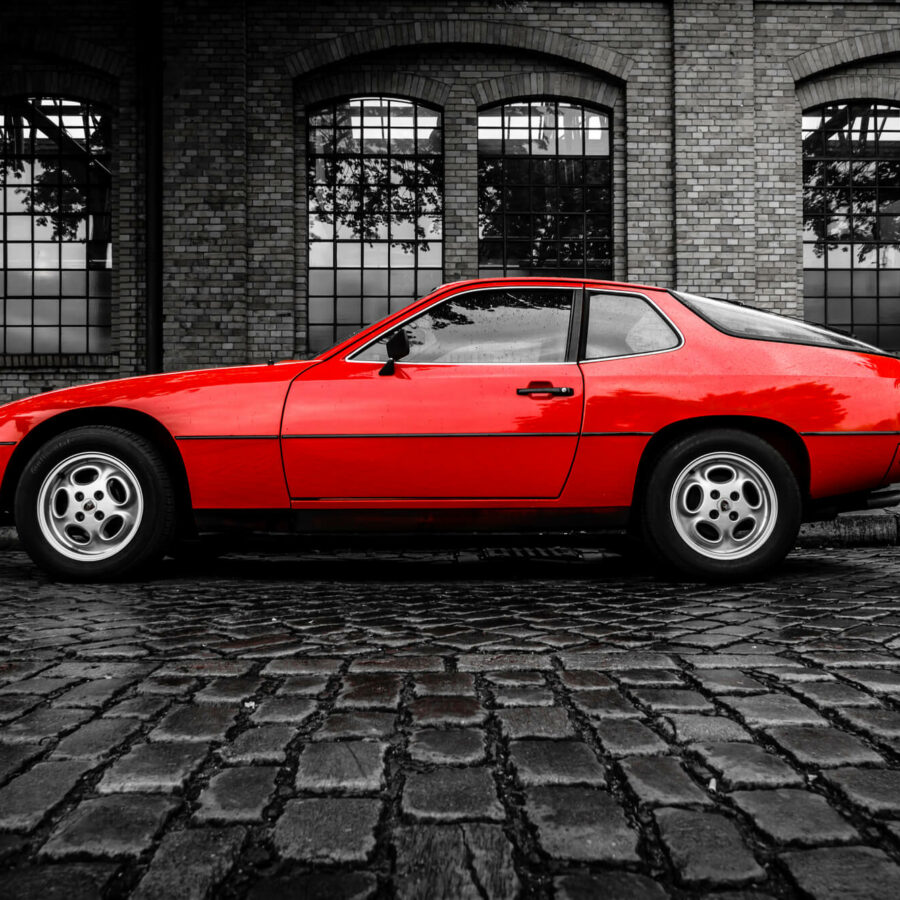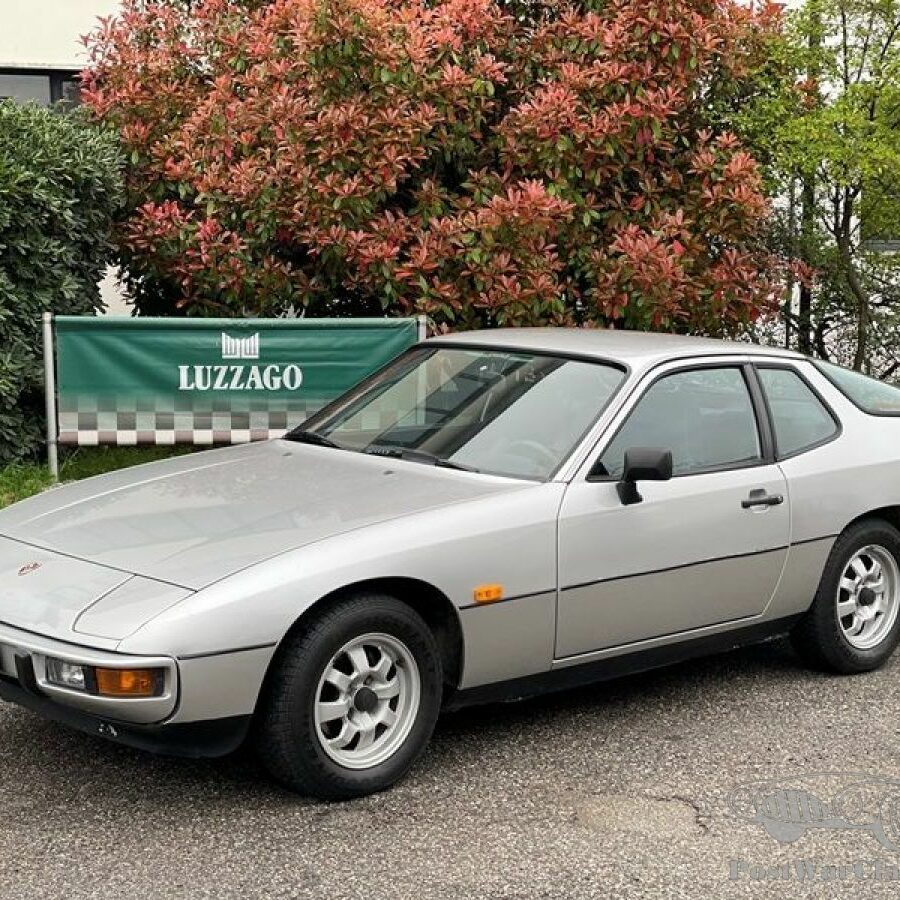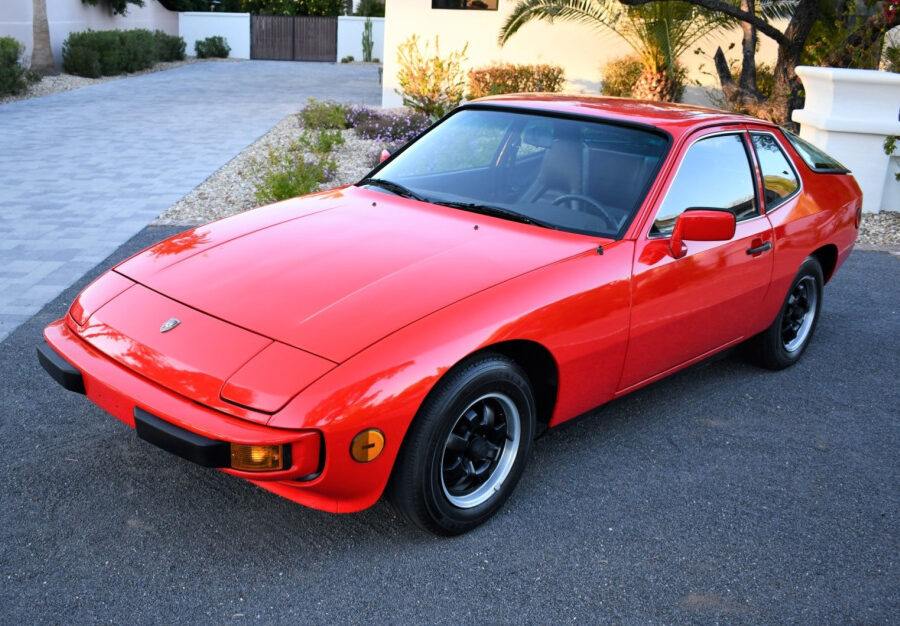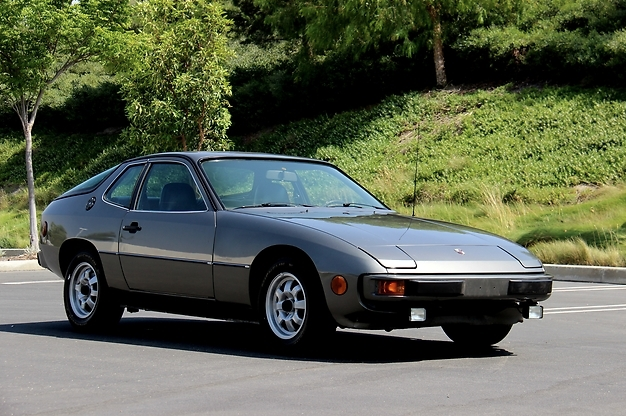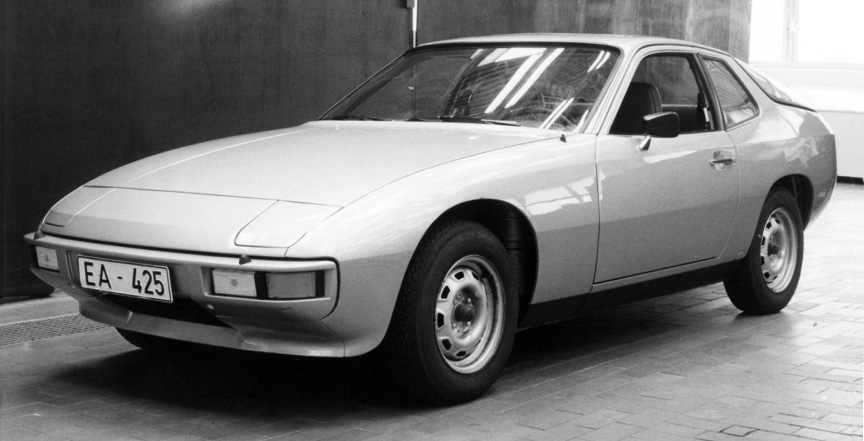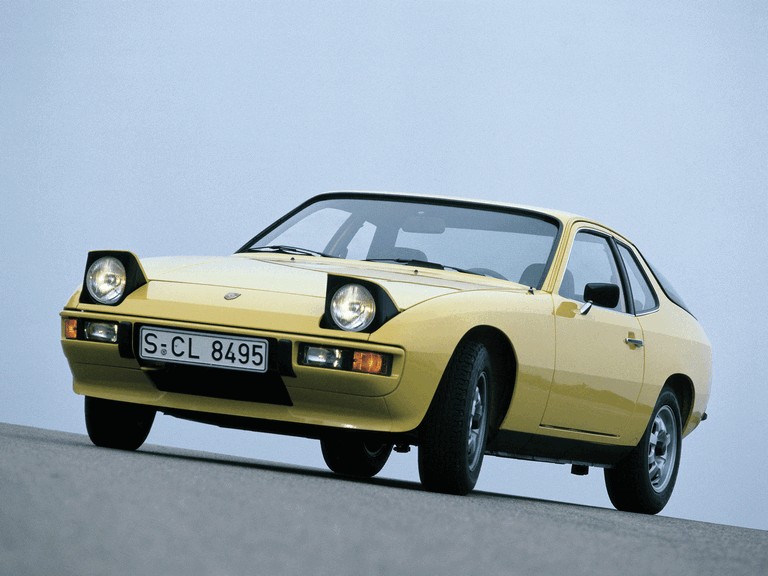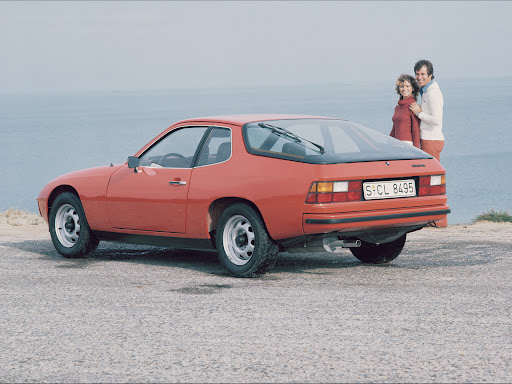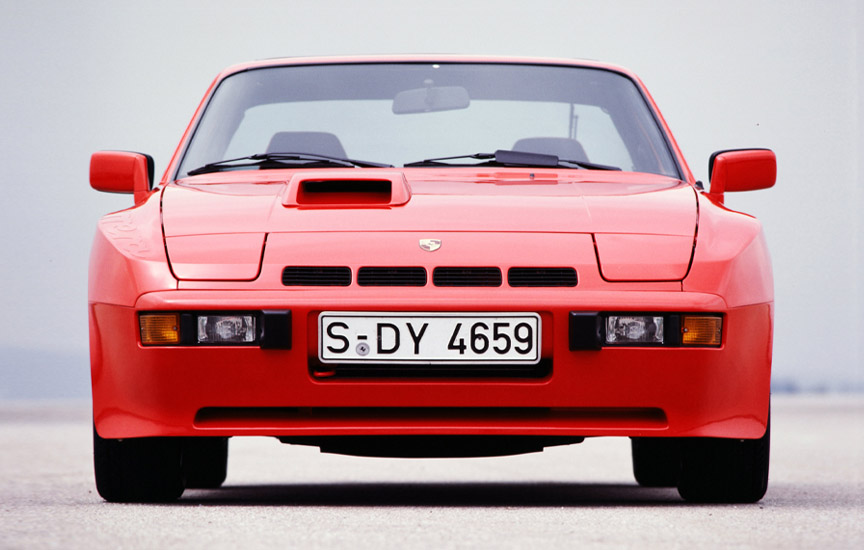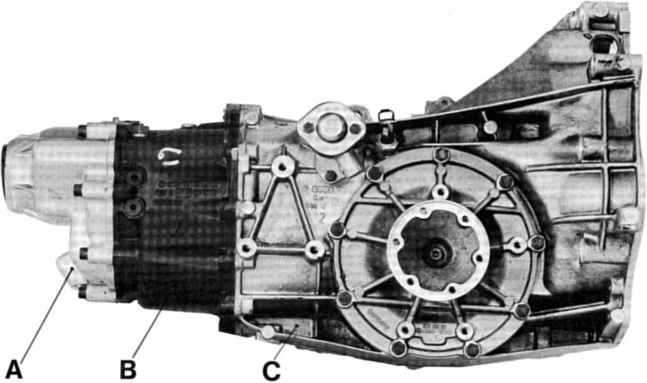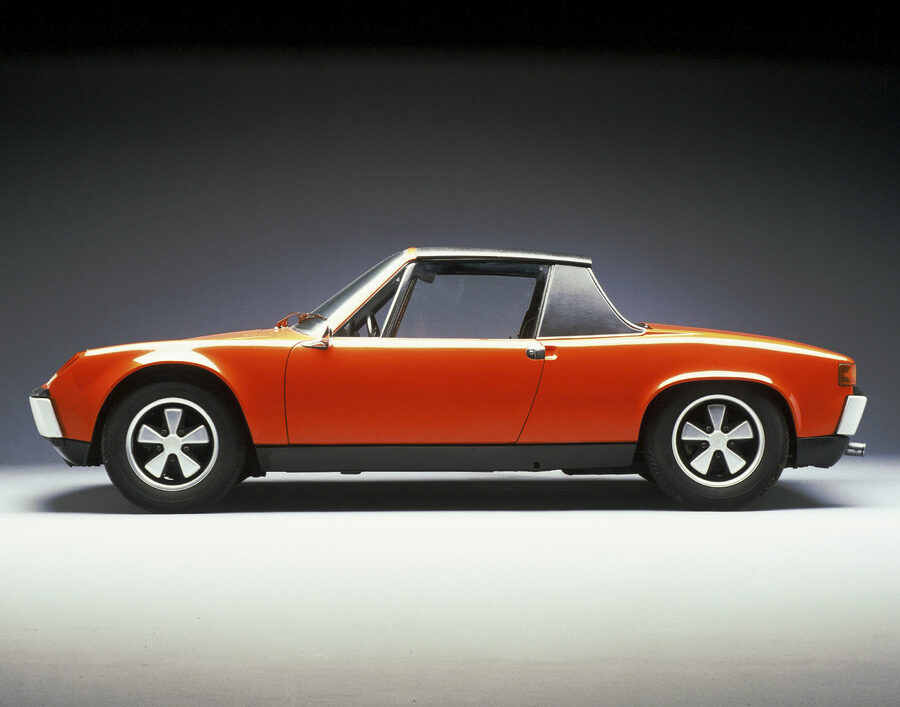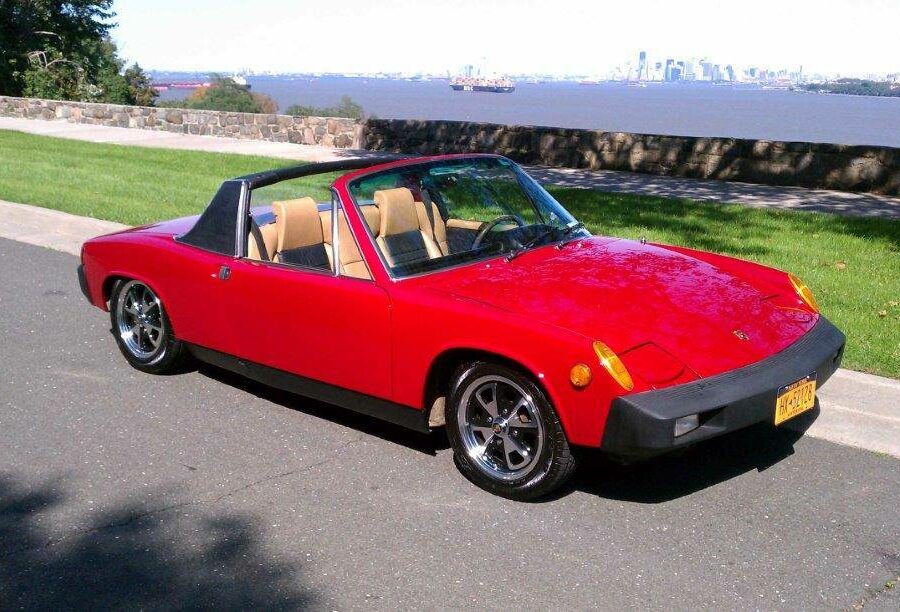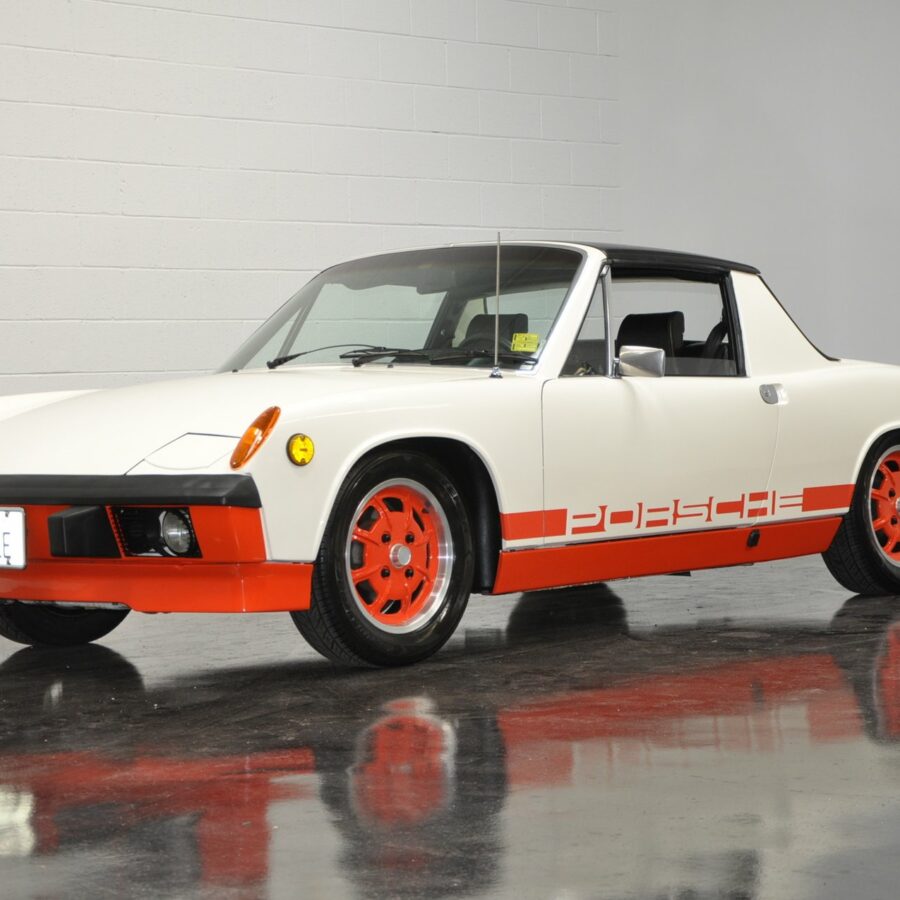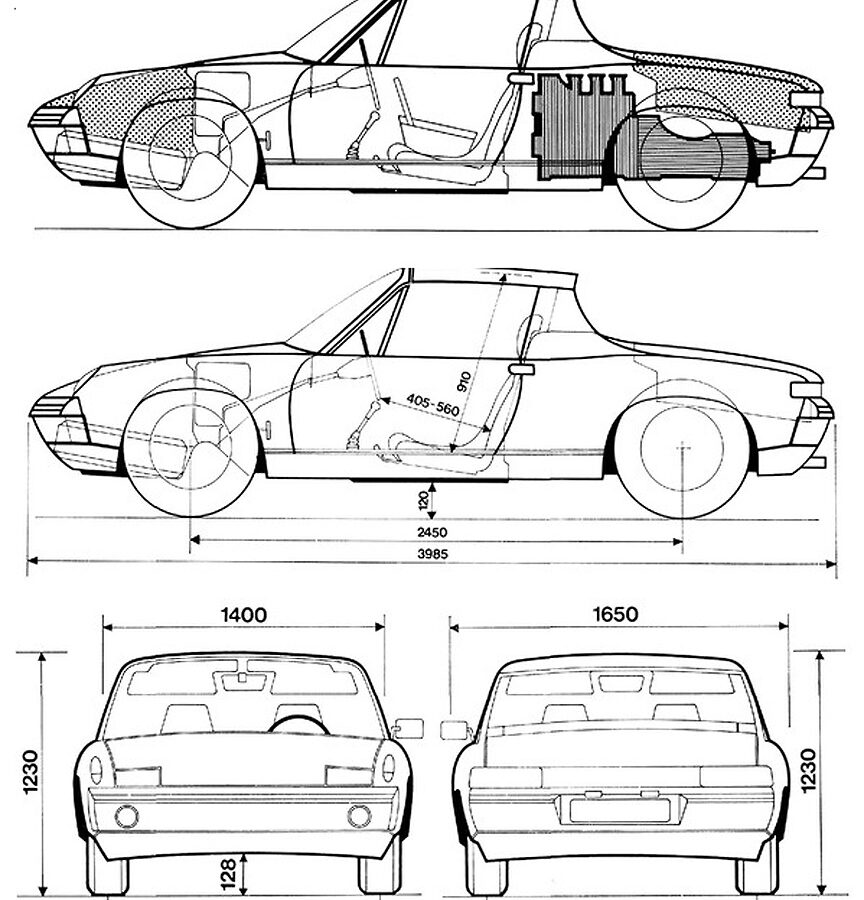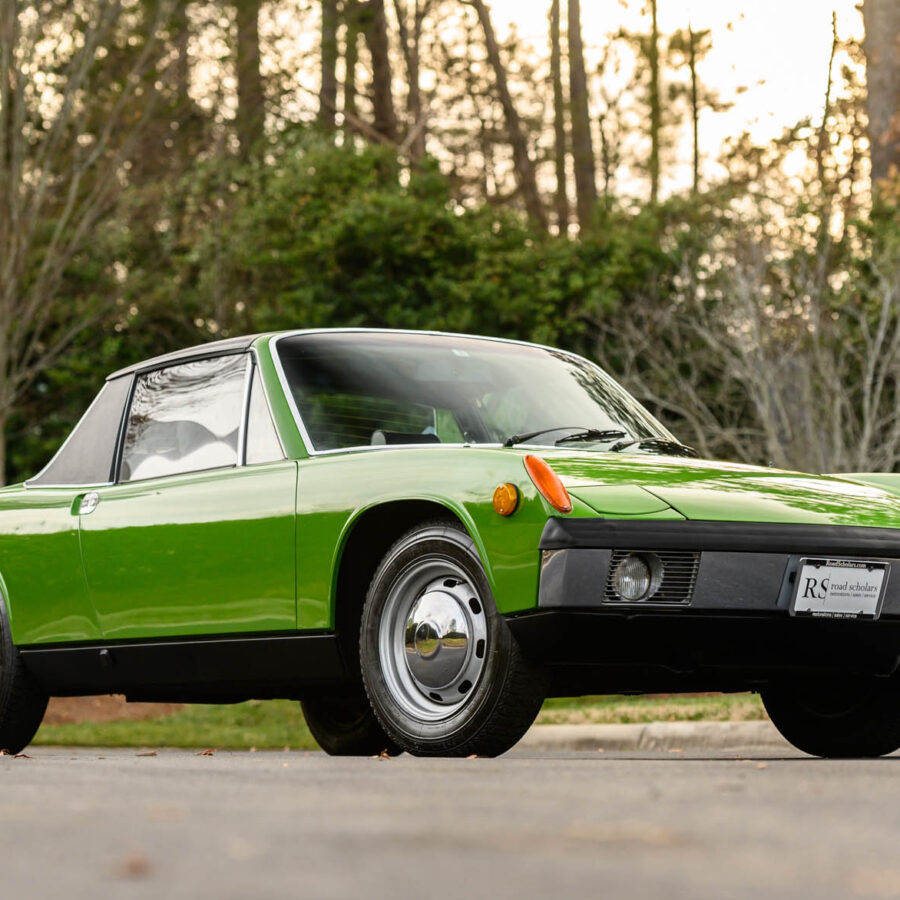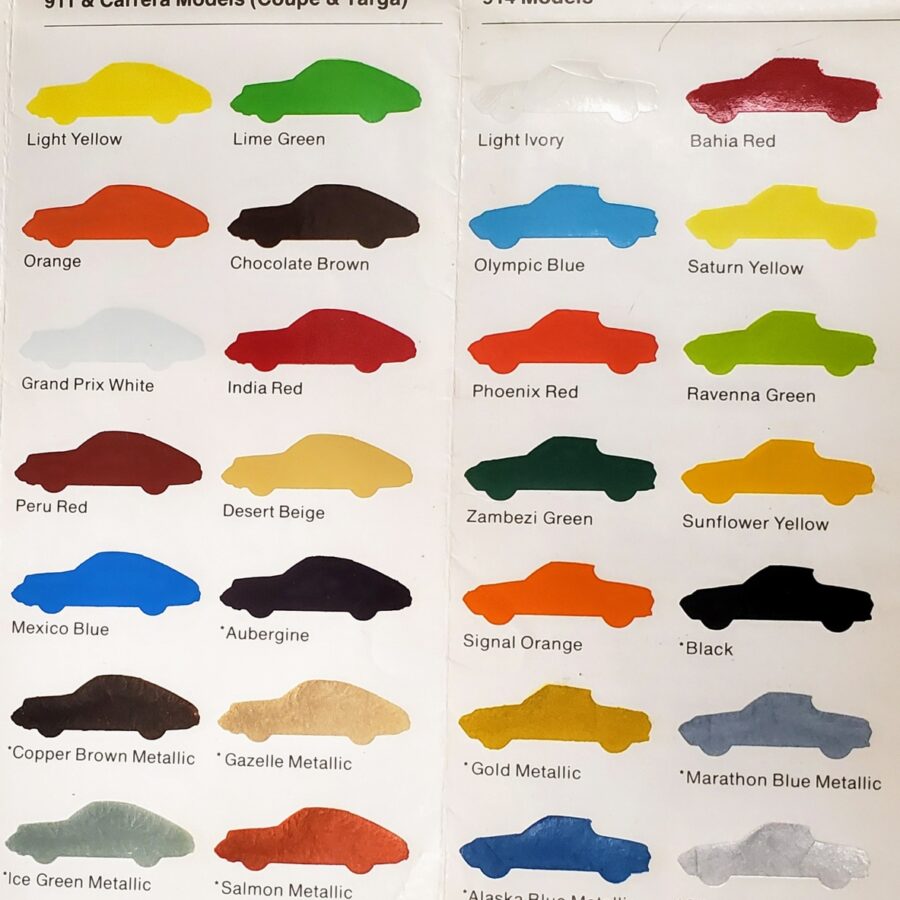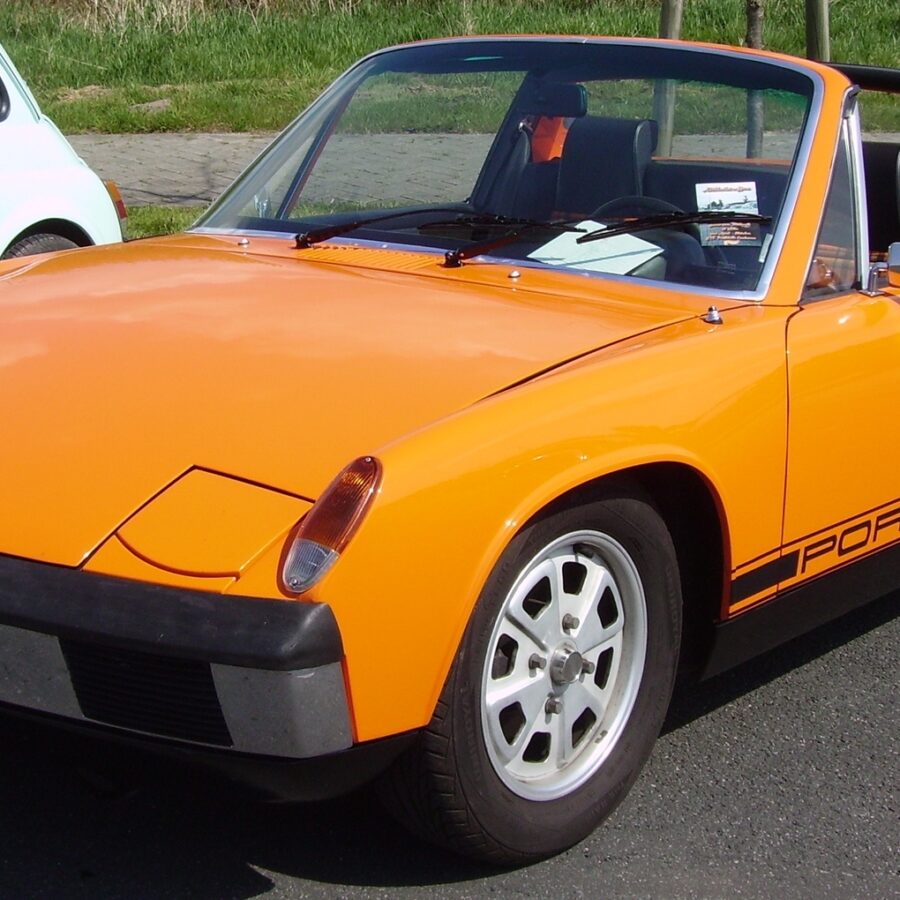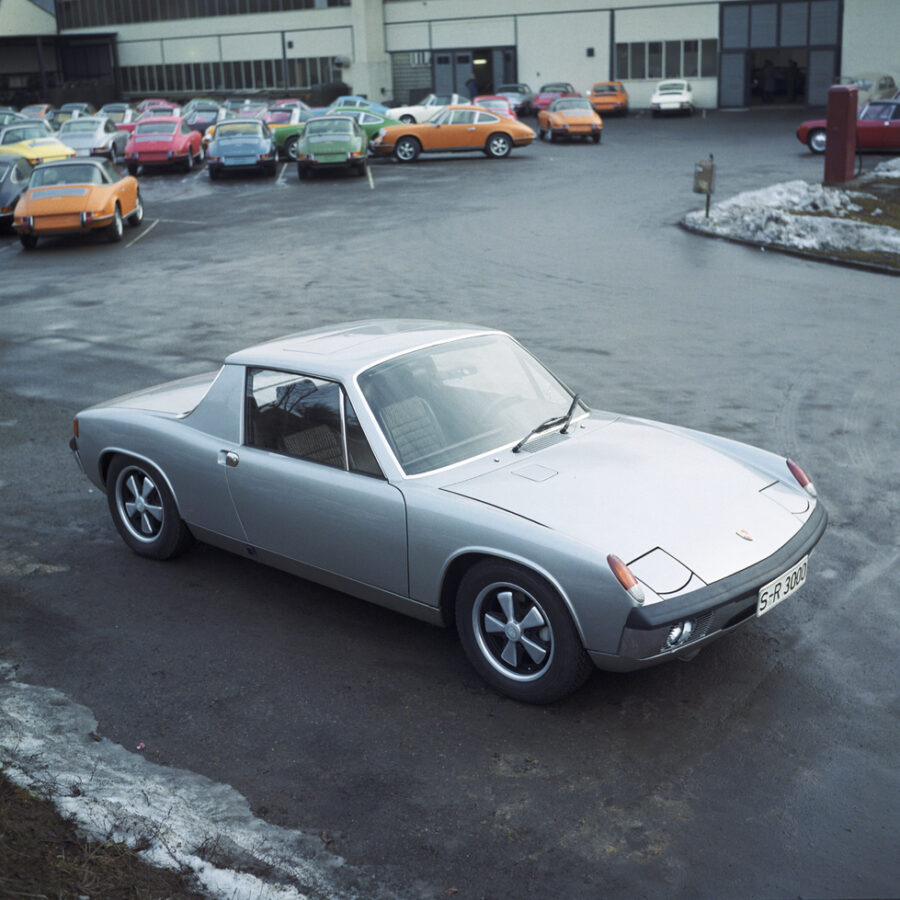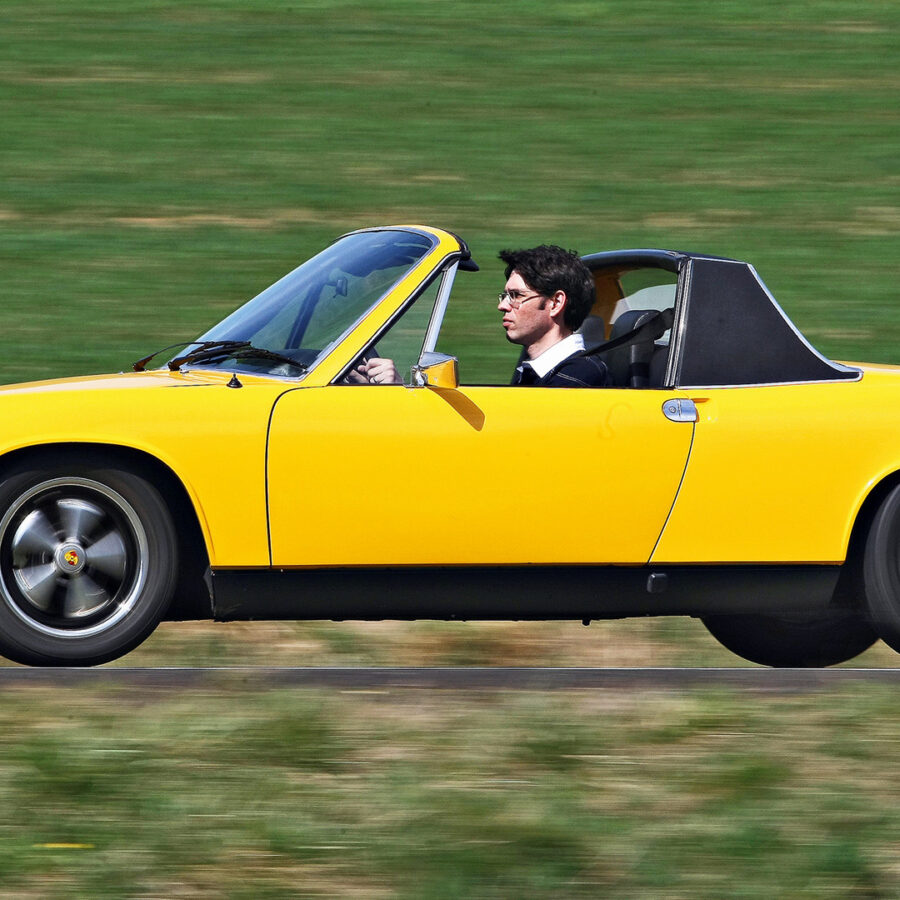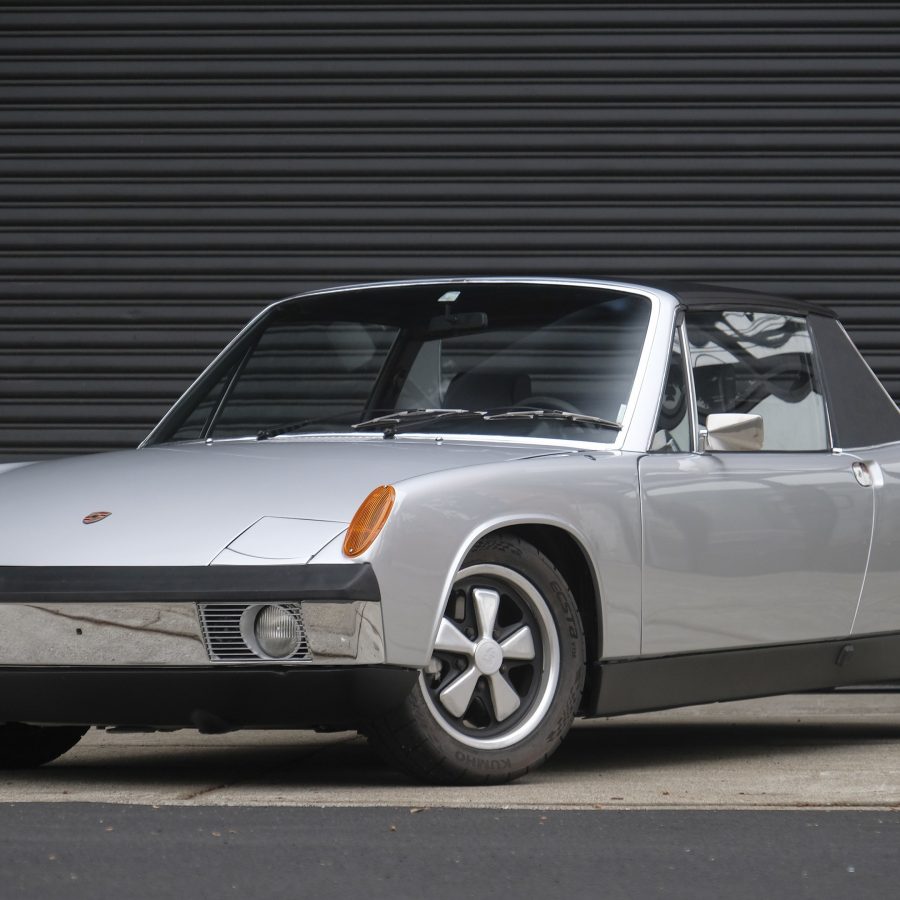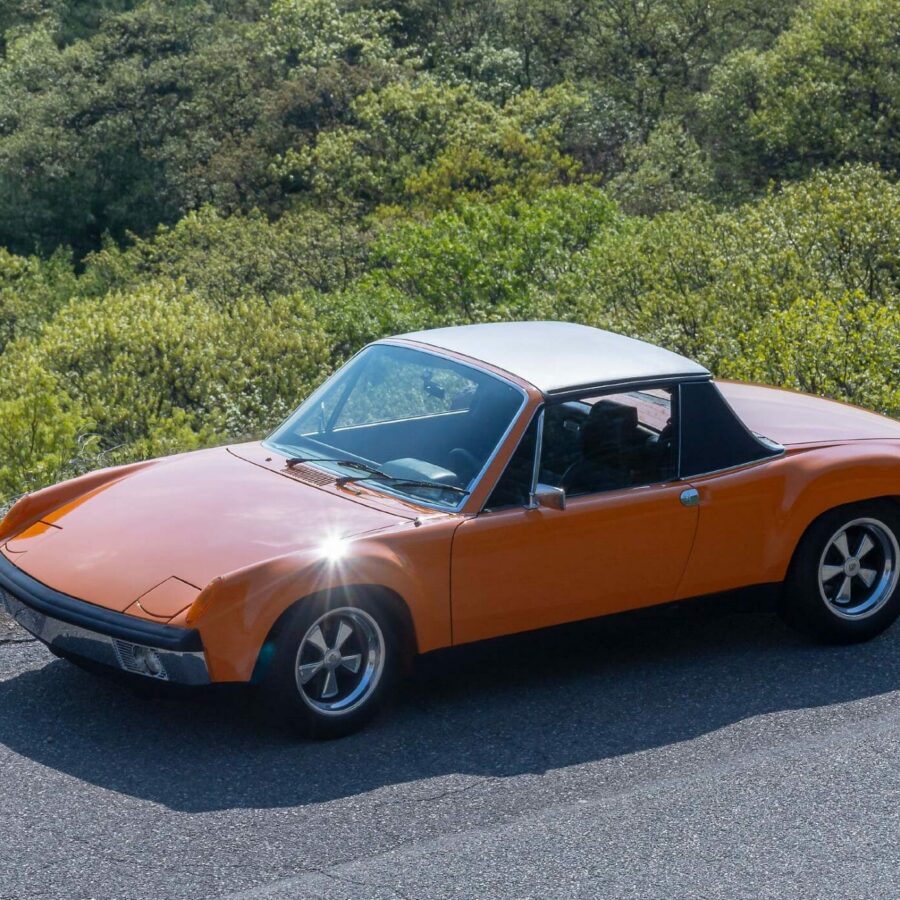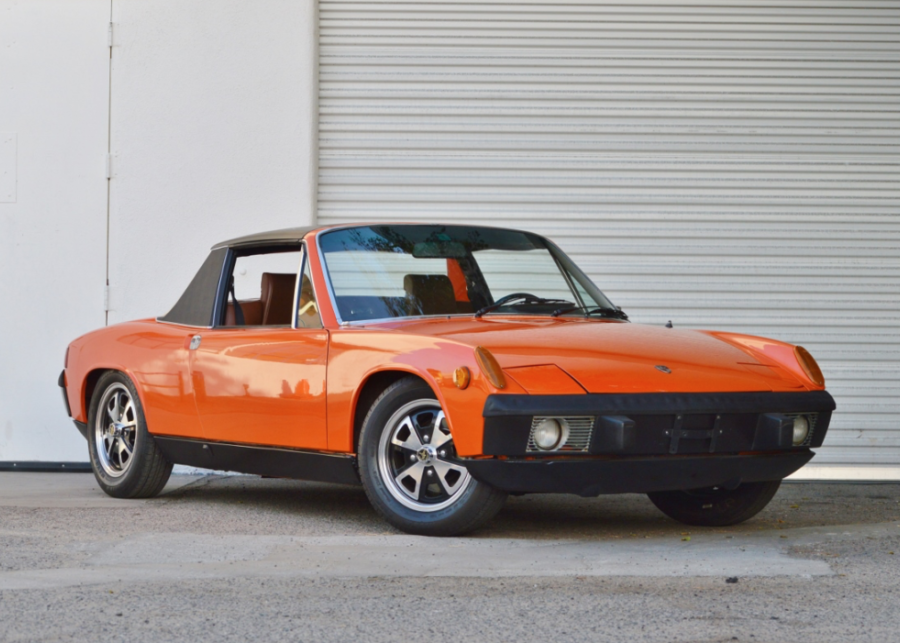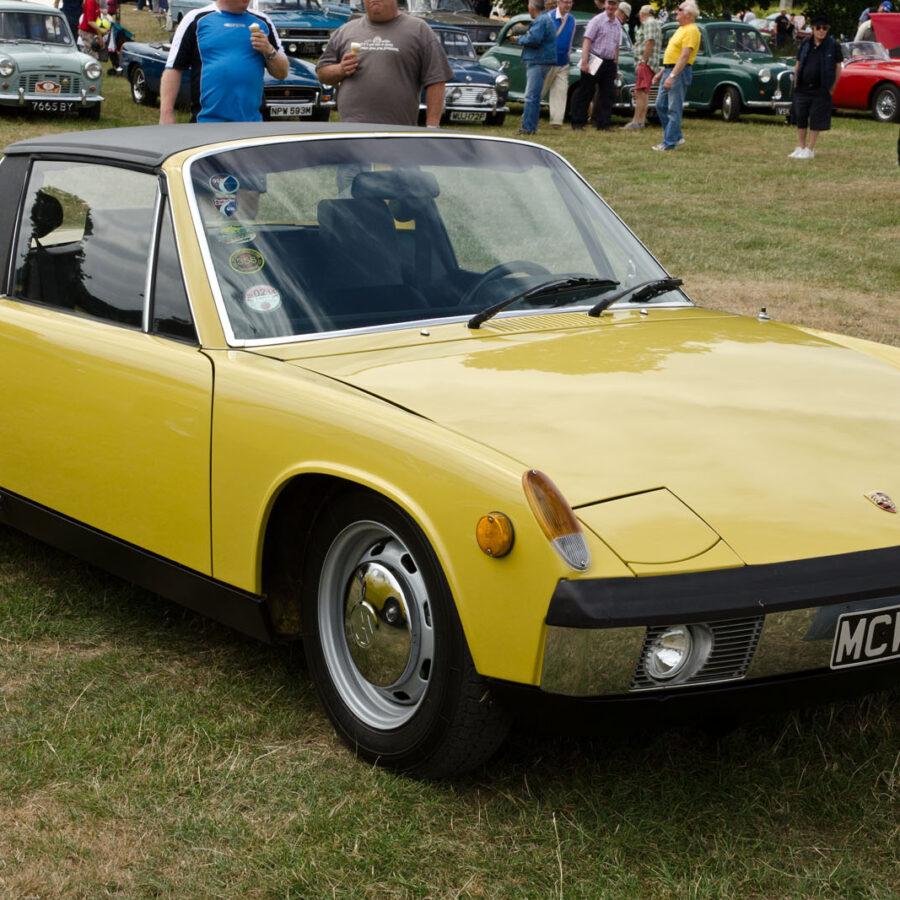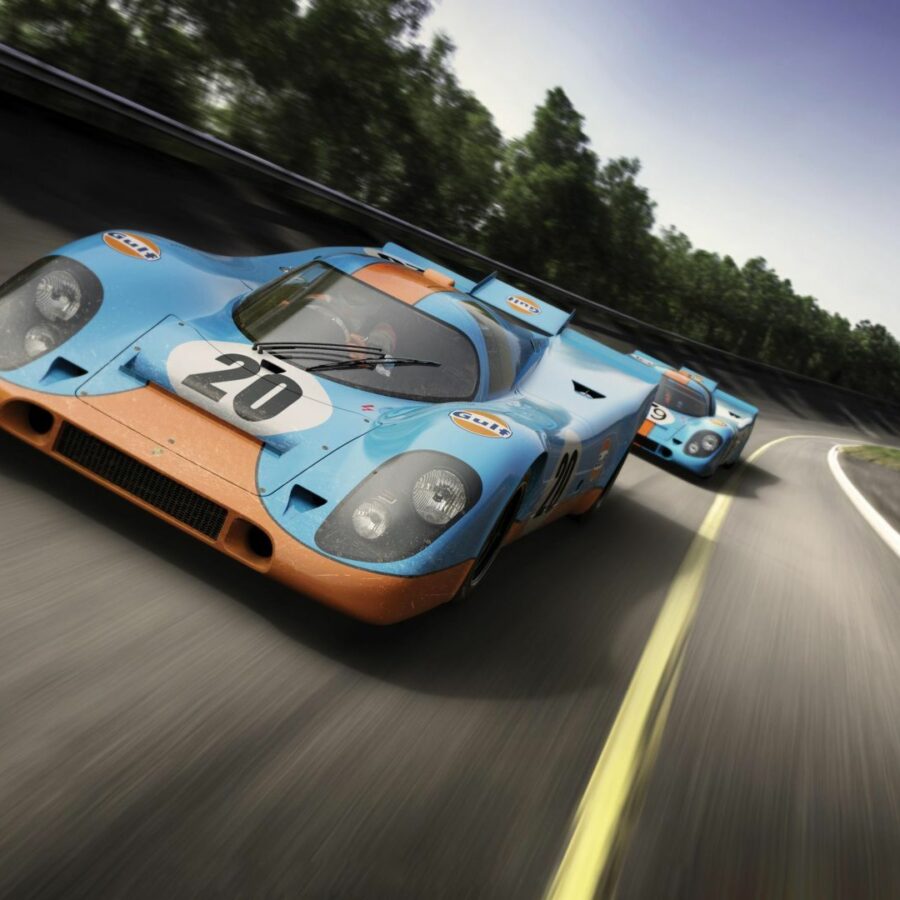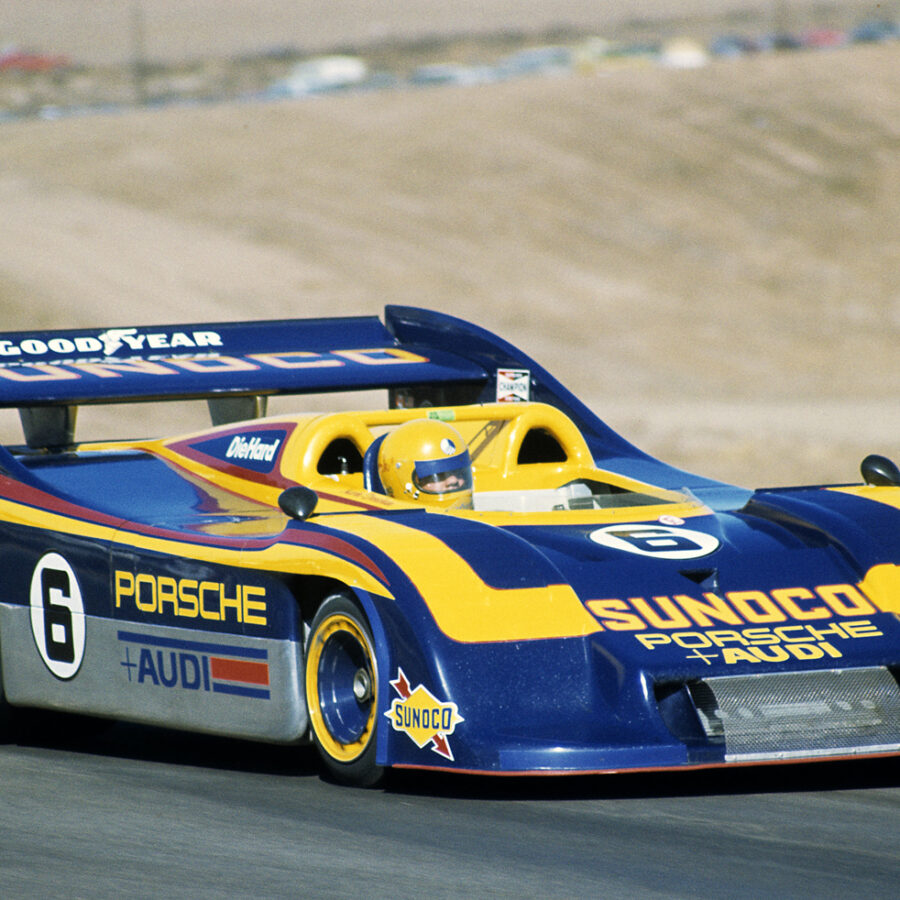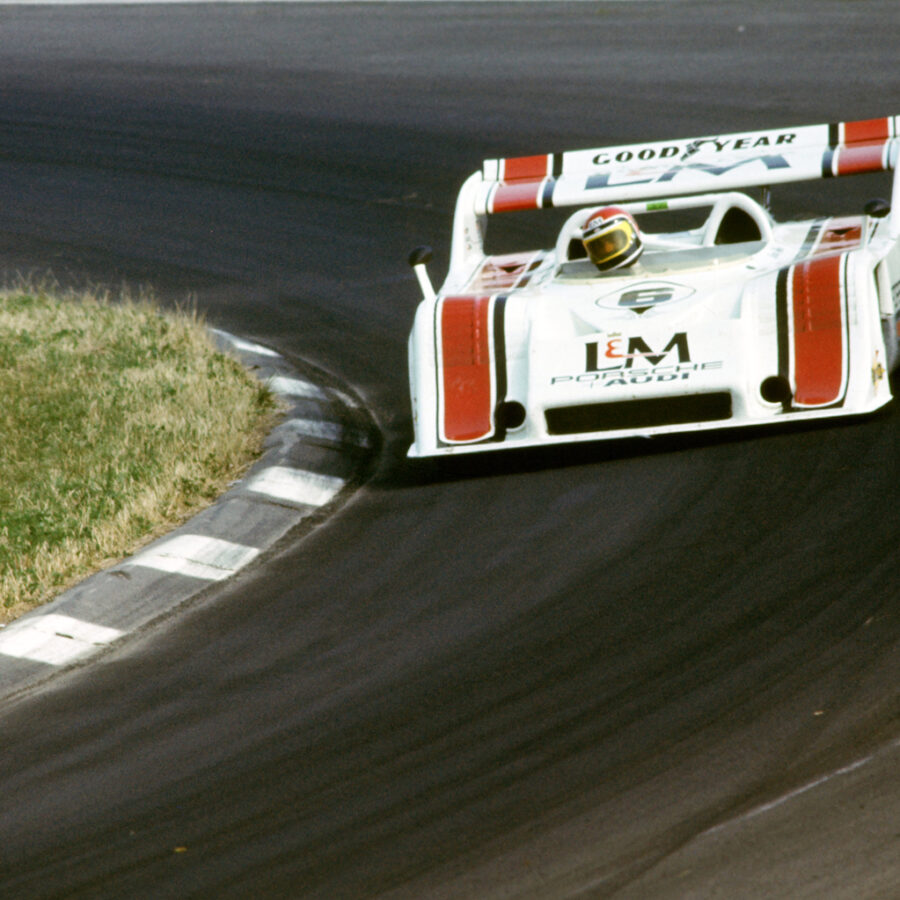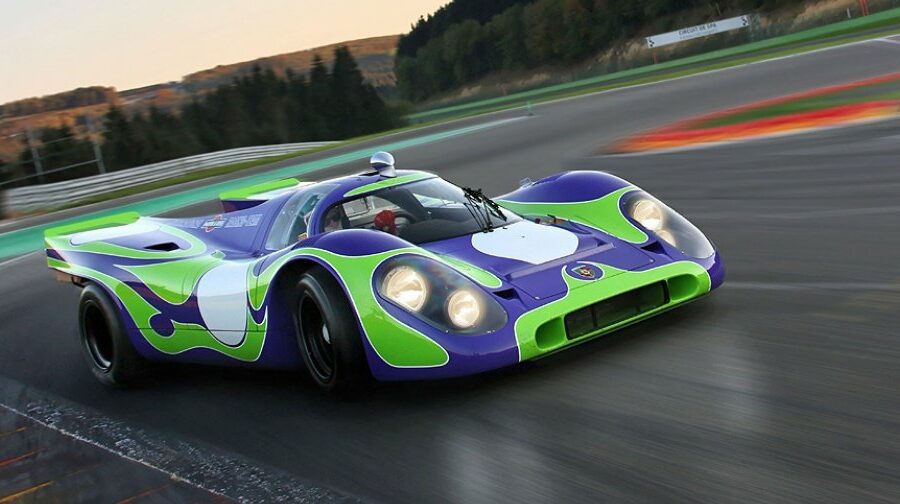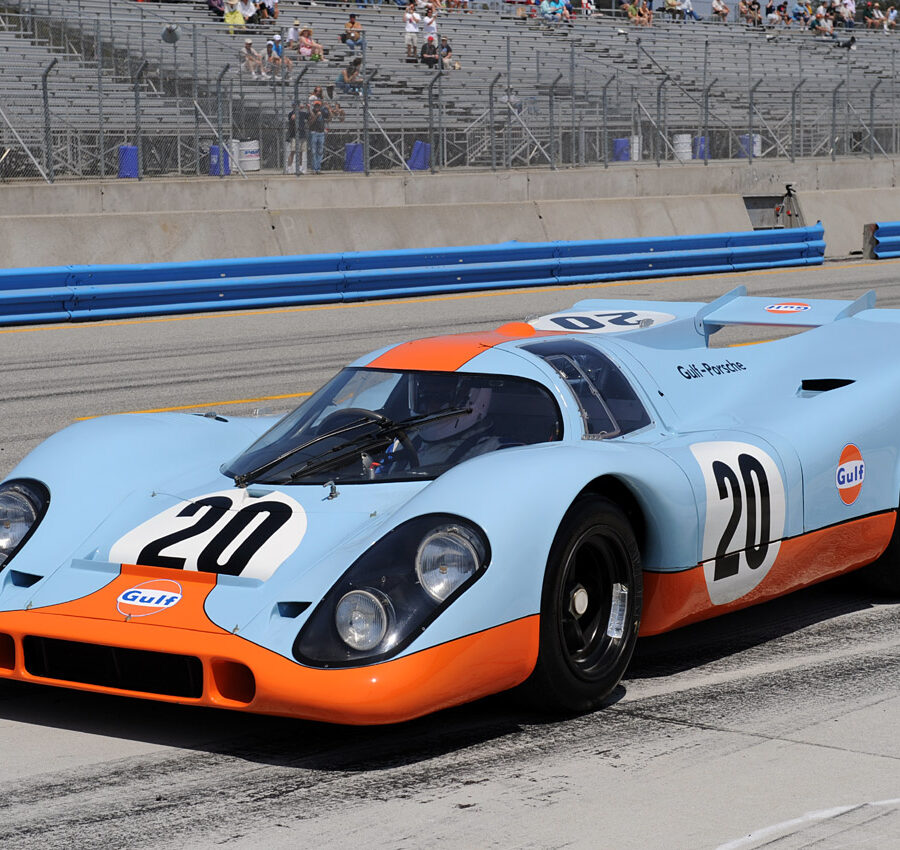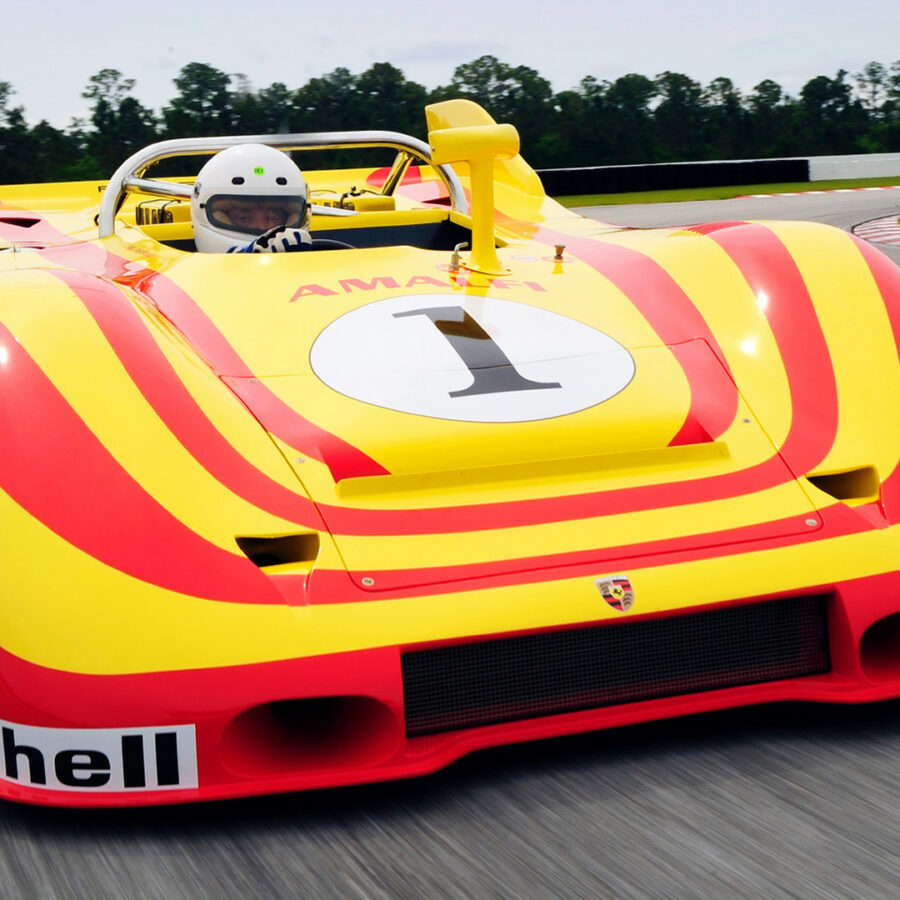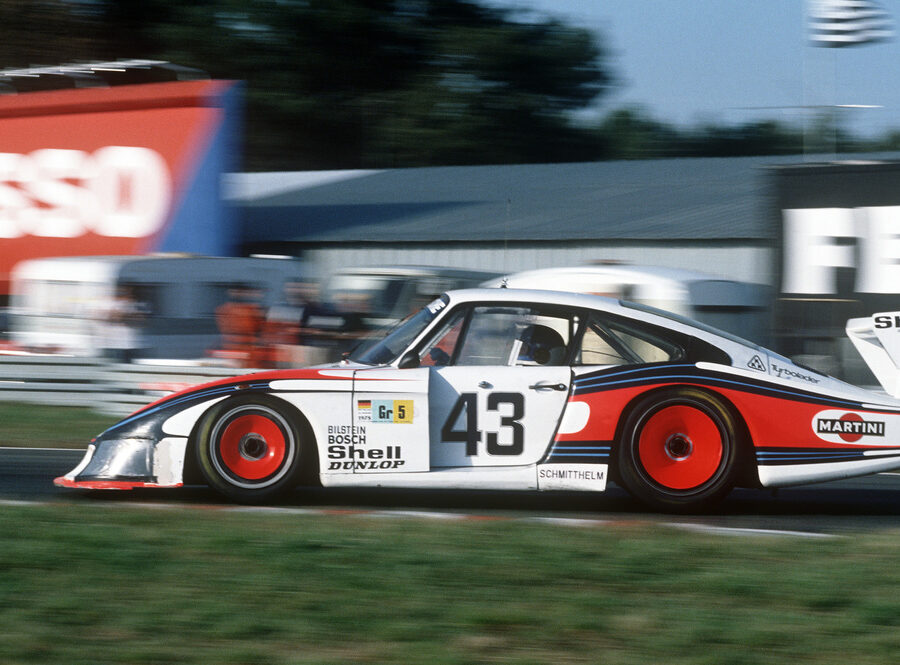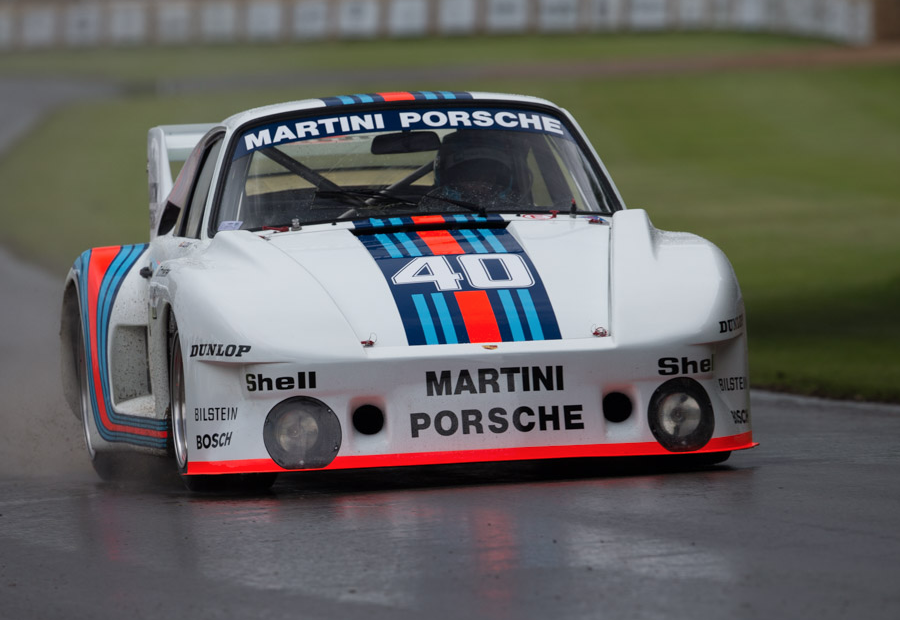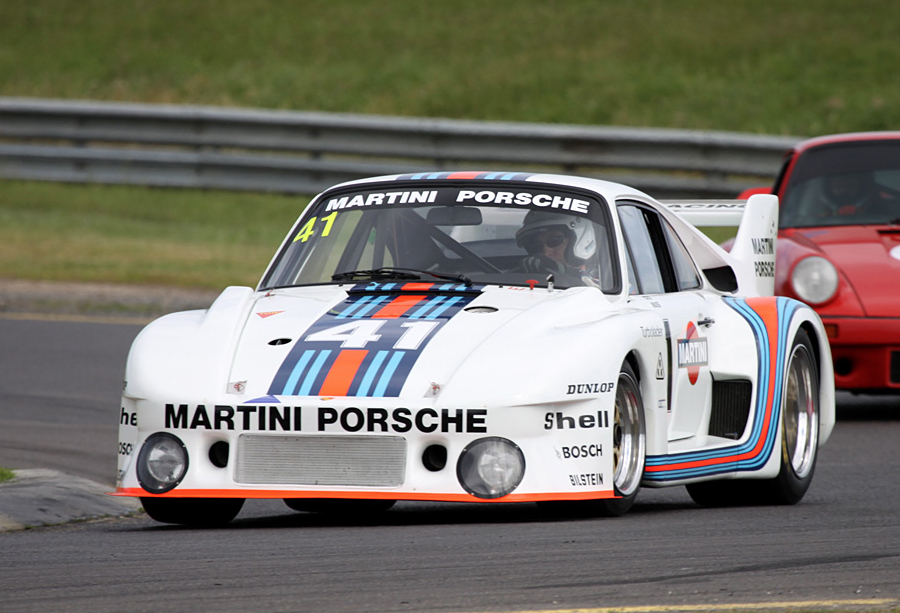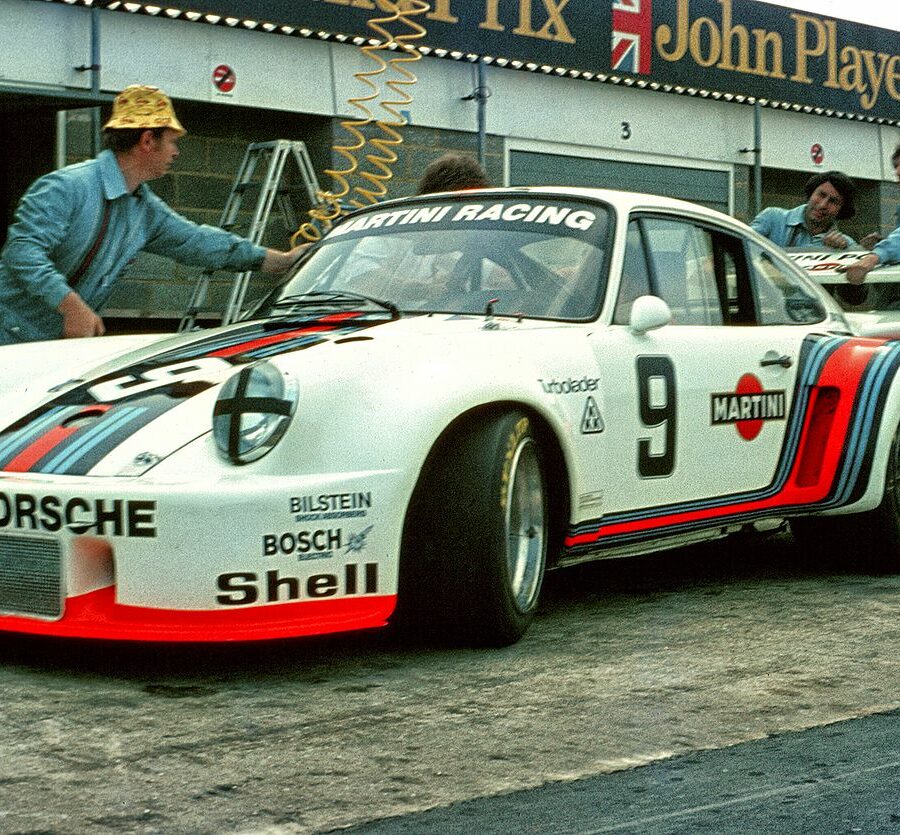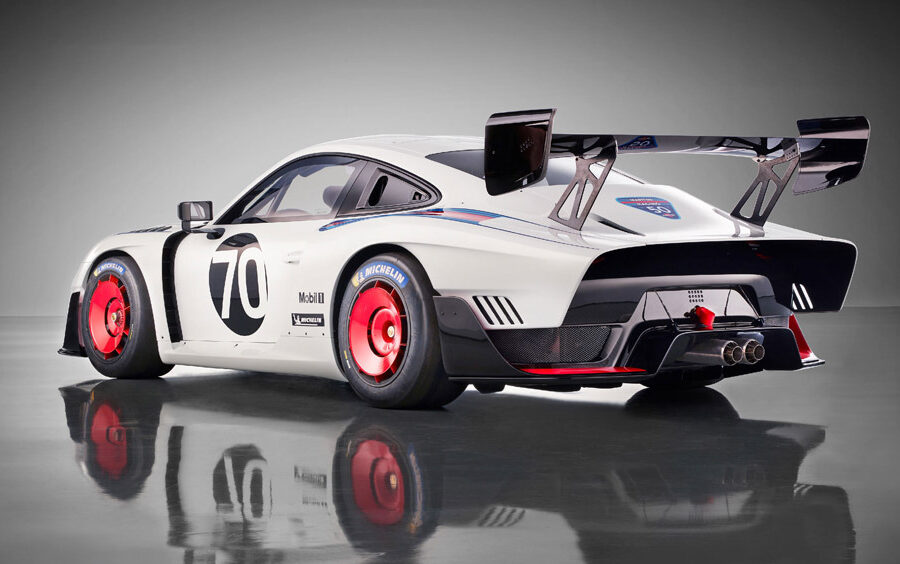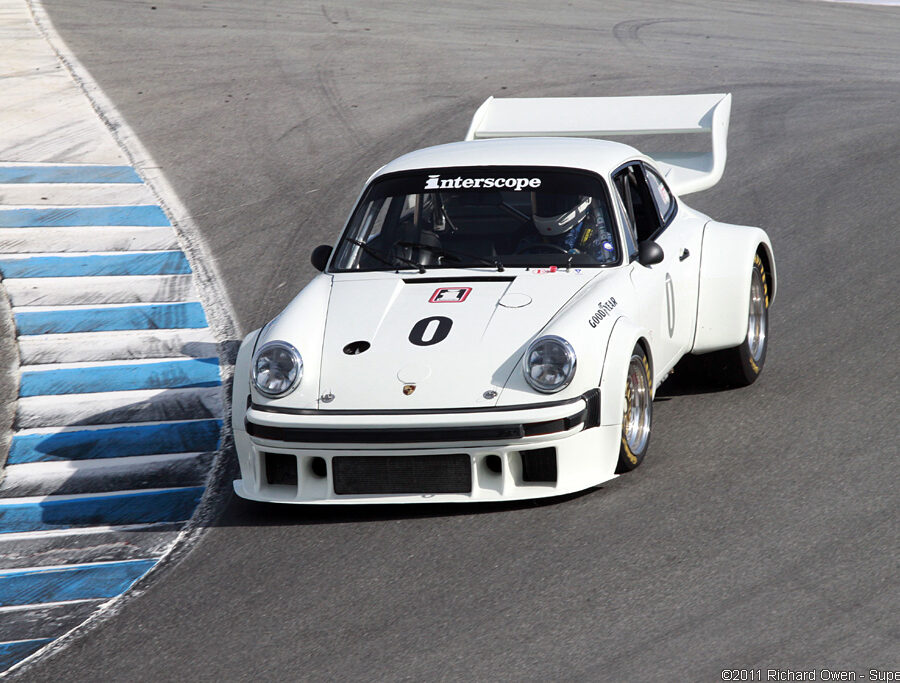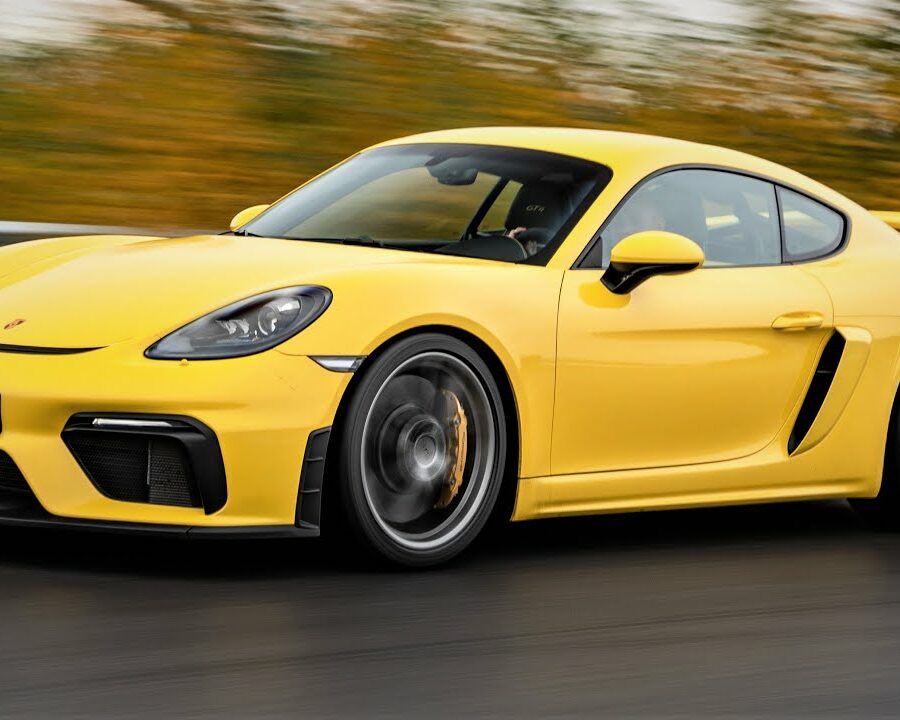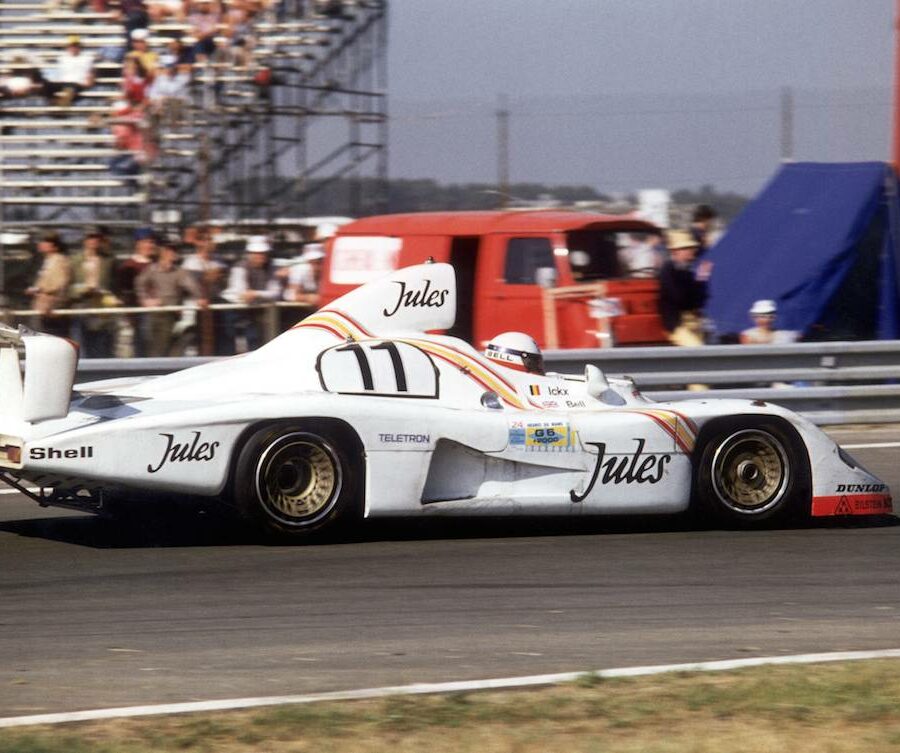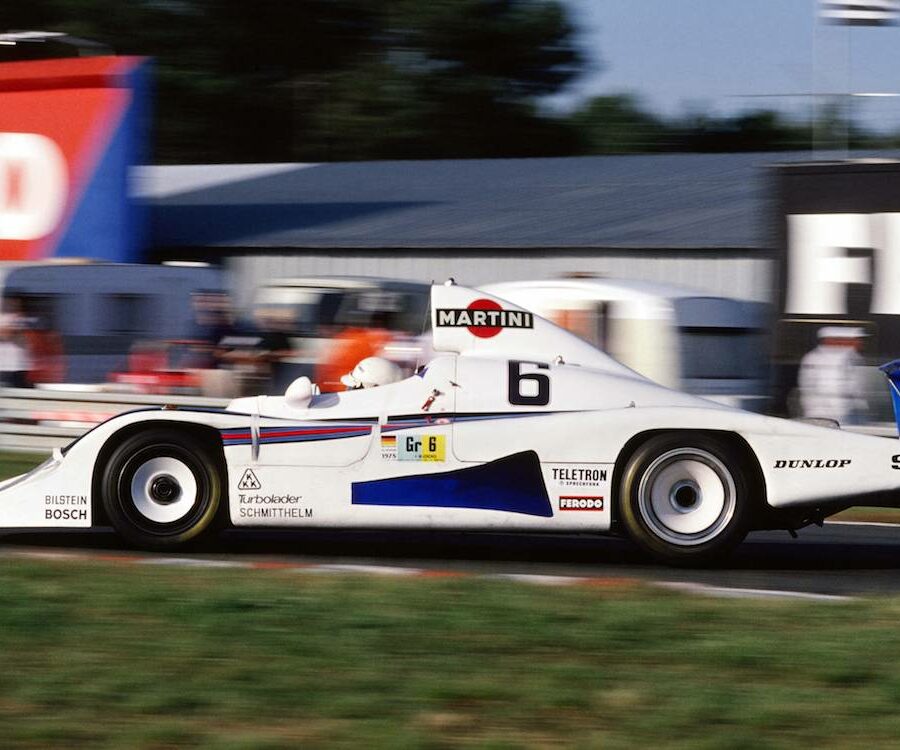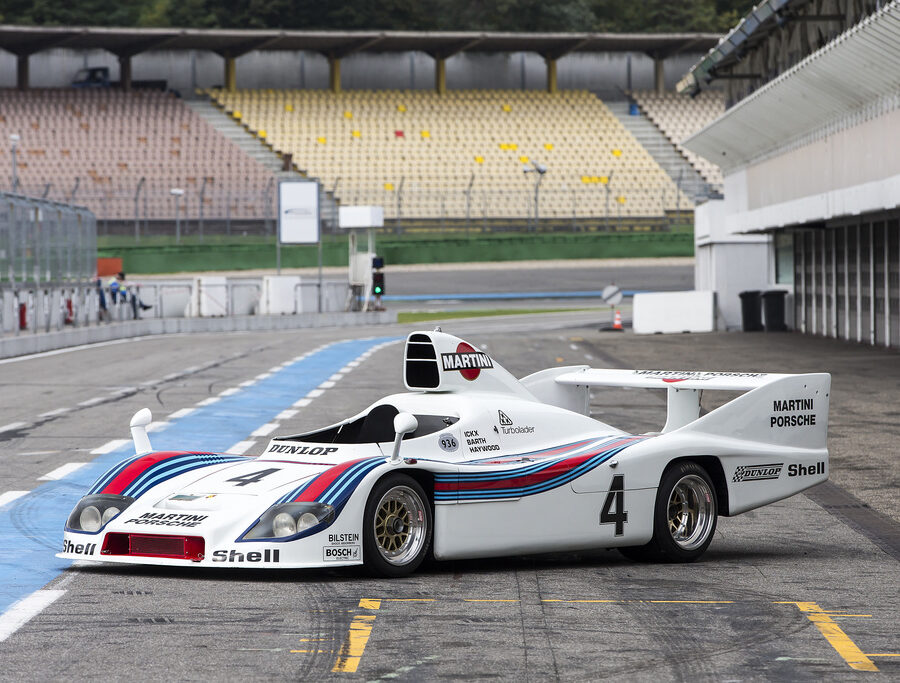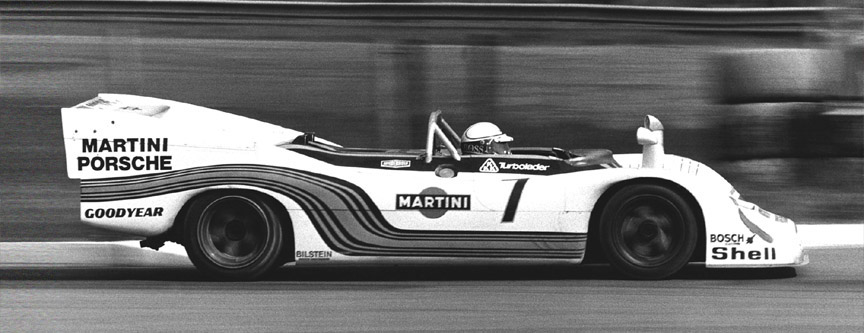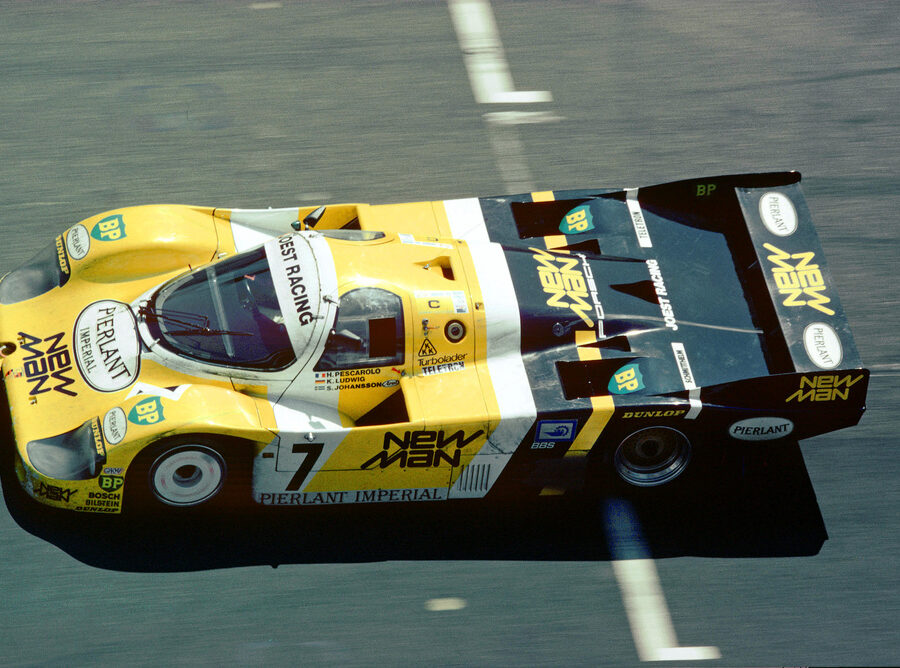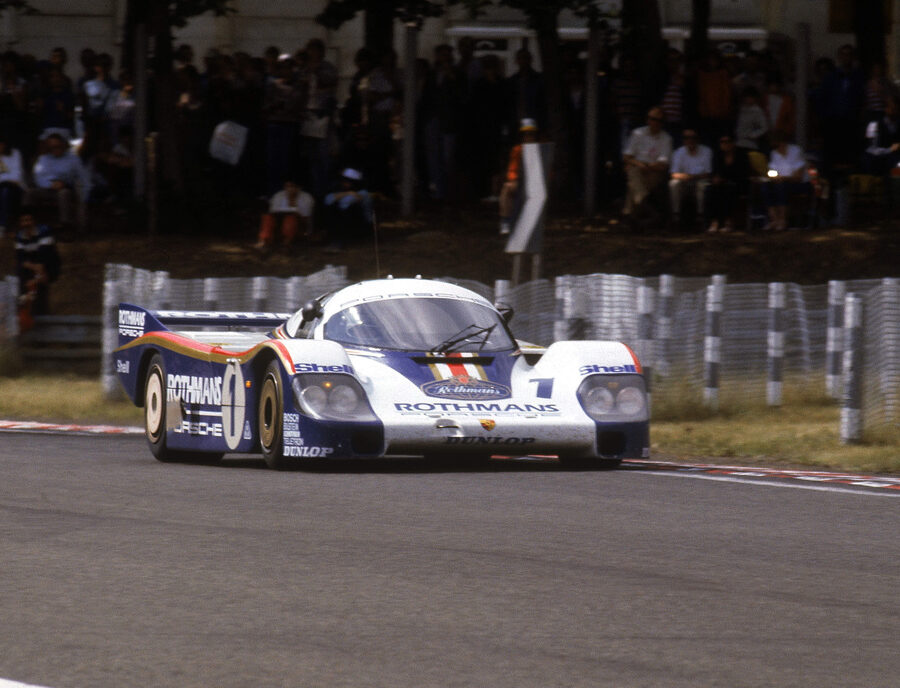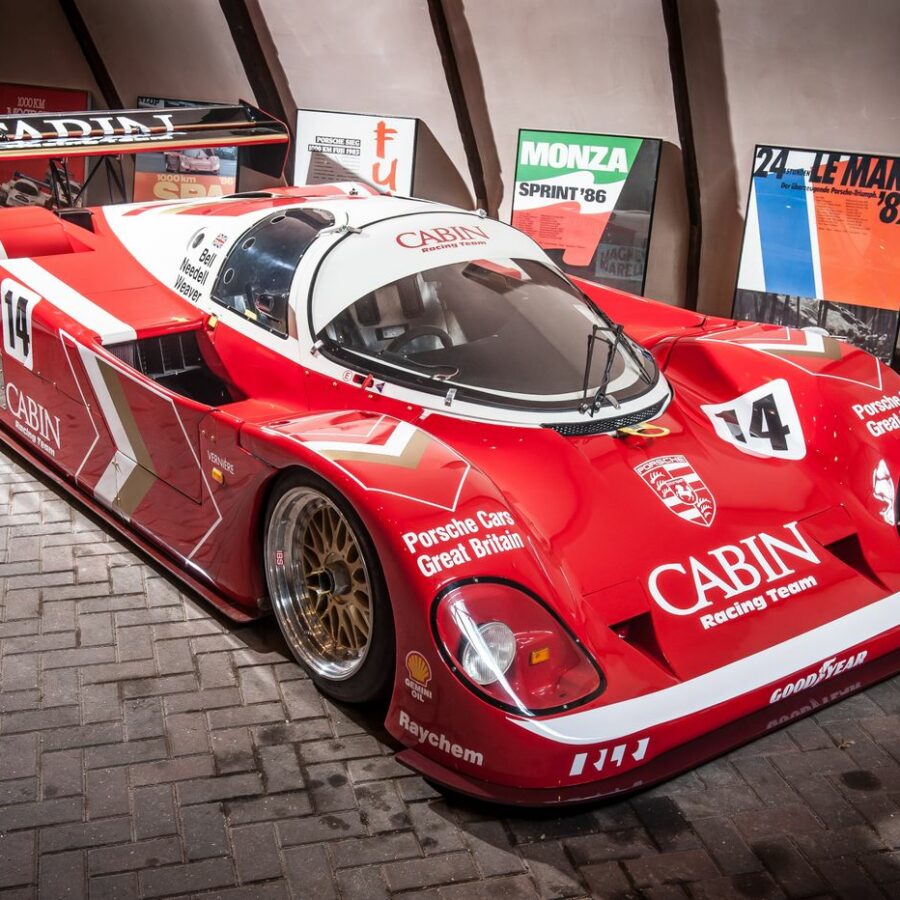Technical Information
Porsche 944 (All Years) – Paint Colors (Exterior & Interior)
Color Options and Samples
Porsche 924 (All Years) – Paint Colors (Exterior & Interior)
Color Options and Samples
Porsche 944 Celebration Edition (1988)
The Porsche 944 Celebration Edition was a special edition of the 944 base model produced to commemorate the 100,000th 944 built in Neckarsulm, Germany
Porsche Carrera GT – Specifications & Performance
Technical Specifications
Porsche 914/4 (1.8L) – Specifications & Performance
Technical Specifications
Porsche 914 (All Years) – Paint Colors (Exterior & Interior)
Color Options and Samples
Porsche 914 – Production Numbers
Sales & Production Data
Porsche 914/6 (2.0L) – Specifications & Performance
Technical Specifications
Porsche 914/4 (2.0L) – Specifications & Performance
Technical Specifications
Porsche 914/4 (1.7L) – Specifications & Performance
Technical Specifications
Porsche 914 1.7 – Specifications & Performance
Technical Specifications
Porsche 917/30 – Specifications & Performance
Technical Specifications
Porsche 917/10-72 – Specifications & Performance
Technical Specifications
Porsche 917 LH-71 – Specifications & Performance
Technical Specifications
Porsche 917 LH-70 – Specifications & Performance
Technical Specifications
Porsche 917 K-71 – Specifications & Performance
Technical Specifications
Porsche 917 K-70 – Specifications & Performance
Technical Specifications
Porsche 917 ‘Interserie Spyder’ – Specifications & Performance
Technical Specifications
Porsche 935/78 – Specifications & Performance
Technical Specifications
Porsche 935/77 “Baby” – Specifications & Performance
Technical Specifications
Porsche 935/77 – Specifications & Performance
Technical Specifications
Porsche 935/76 – Specifications & Performance
Technical Specifications
Porsche 935 Tribute – Specifications & Performance
Technical Specifications
Porsche 934/5 – Specifications & Performance
Technical Specifications
Porsche 934 – Specifications & Performance
Technical Specifications
Porsche 936/81 – Specifications & Performance
Technical Specifications
Porsche 936/78 – Specifications & Performance
Technical Specifications
Porsche 936/77 – Specifications & Performance
Technical Specifications
Porsche 936/76 – Specifications & Performance
Technical Specifications
Porsche 956B-114
Factory-built car in identical spec to works Rothmans car, replete with fetching green Skoal-Bandit podium-winning livery.
Porsche 956-110
The 1983 Brands Hatch 1,000km winner, and the only ever Porsche 956 to win on American soil after winning the Can Am at Road America.
Porsche 956-008 Works
Driven by Stefan Bellof and Jochen Mass, this newly-built car led the 1984 Le Mans 24hrs for four hours and won the Norisring Gold race.
Porsche 956B-115
The second of just 4 works spec built cars for the 1984 season. The 1984 Norsiring 'Gold Race' winner, in current Liqui Moly livery.
Porsche 956-106 (Canon Livery)
The Canon-liveried 1984 Brands Hatch 1,000 km winner.
Porsche 956 Works (Chassis #009)
Derek Bell/Stefan Bellof 1984 World Championship Winner. Dominated the 1984 season - 5 wins from 7 starts. The most successful of all the Works Rothmans 956/962
Porsche 956 Works (Chassis #001)
First ever 956 produced, started from pole position and won Group C driven by Derek Bell and Jackie Ickx at the Silverstone 6hrs in1982
Porsche 956B – Specifications & Performance
Technical Specifications
Porsche 956 – Specifications & Performance
Technical Specifications
Porsche 962 (Chassis #200)
The 1988 & 89 Derek Bell/Tiff Needell/James Weaver RLR lead team car.


